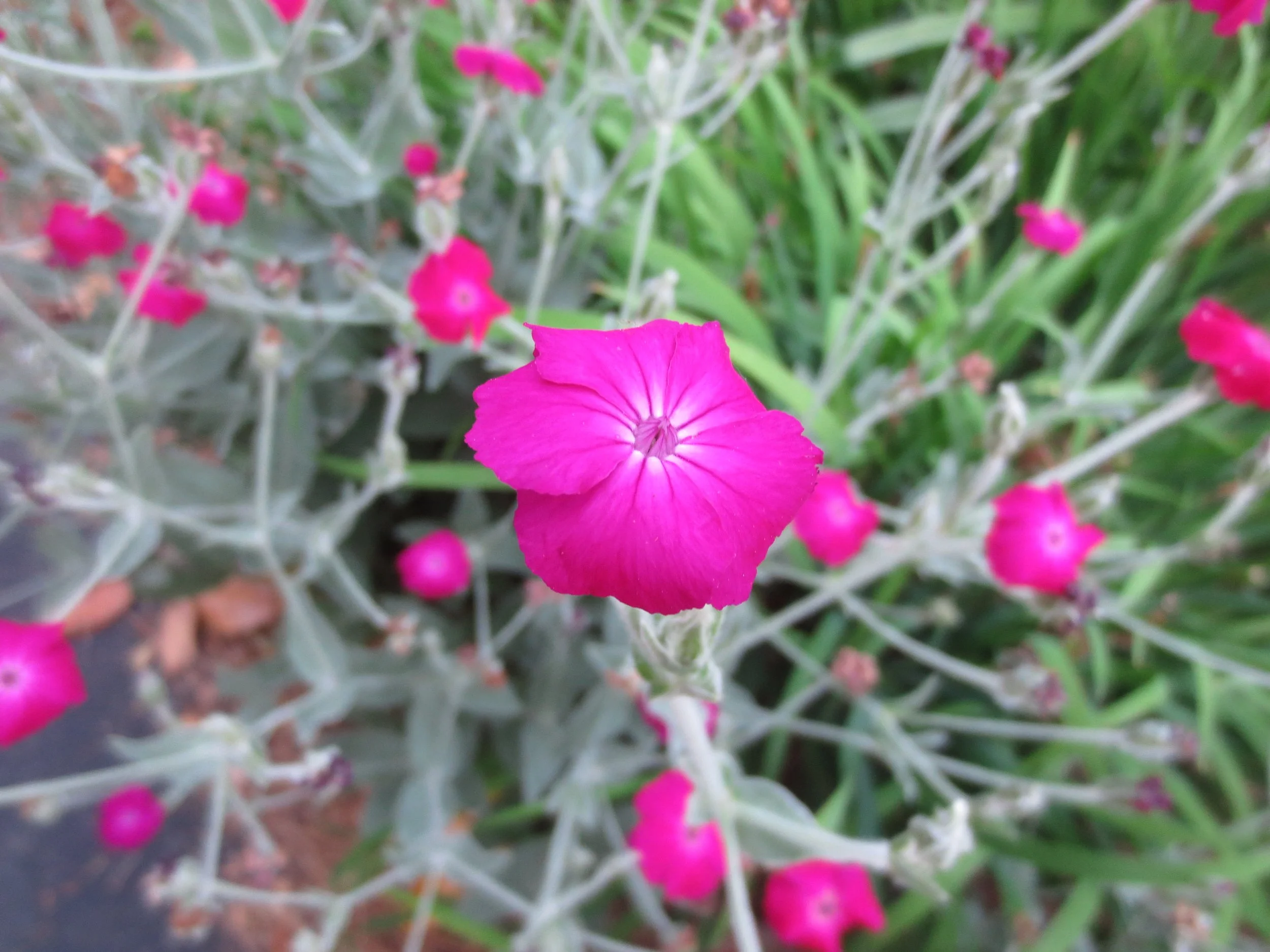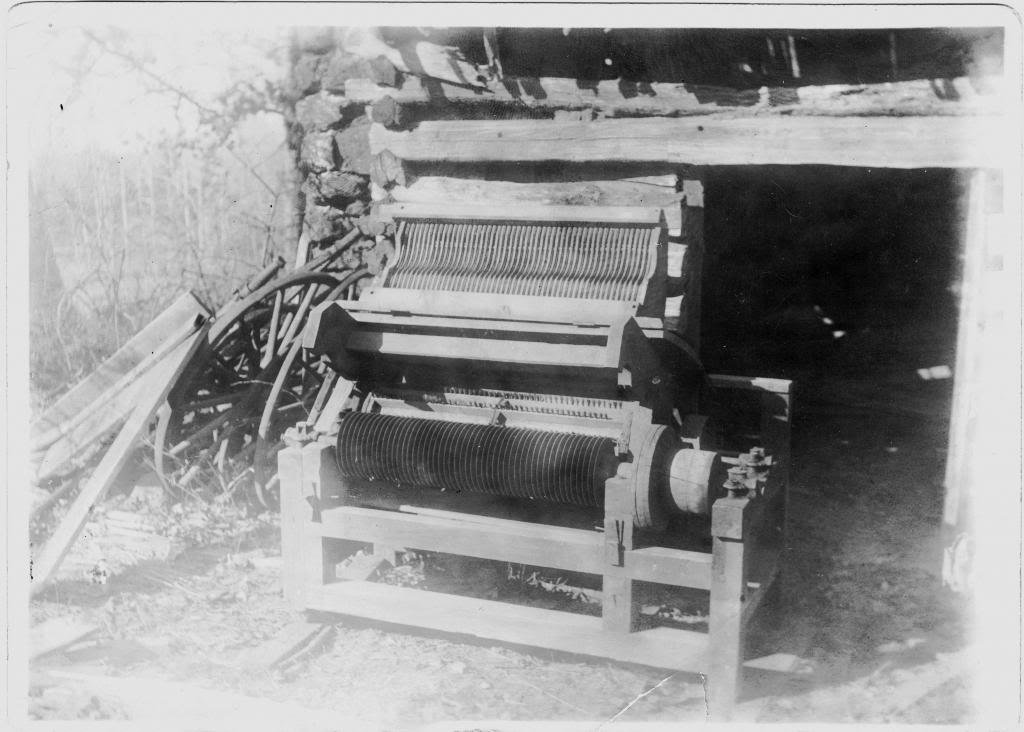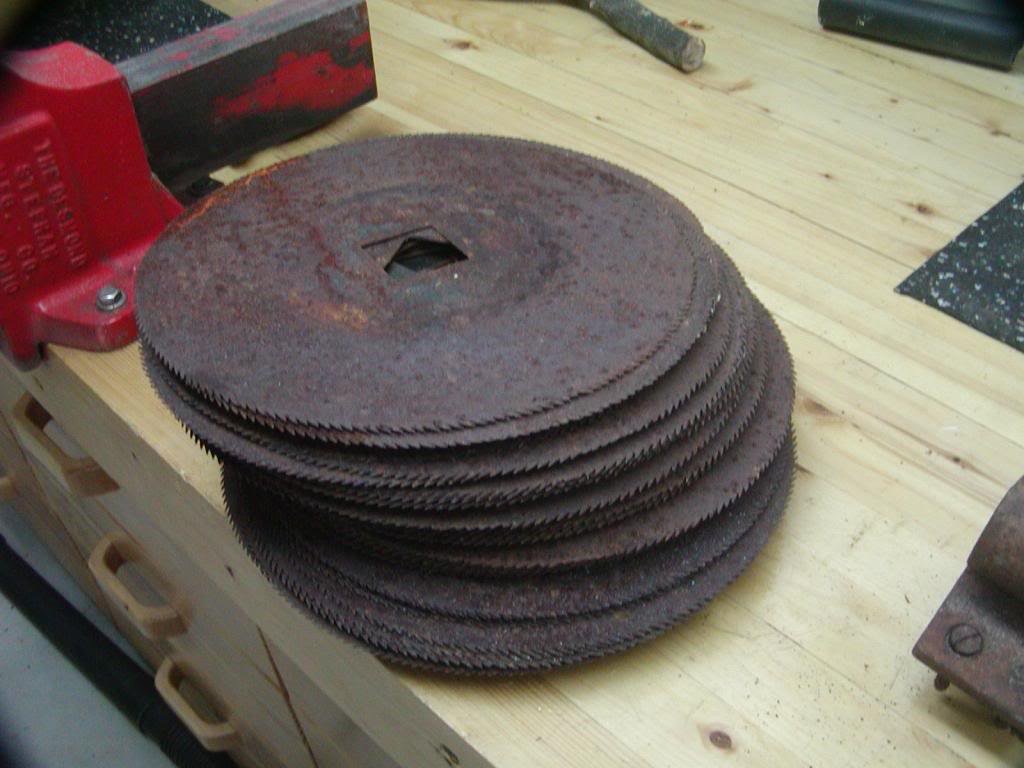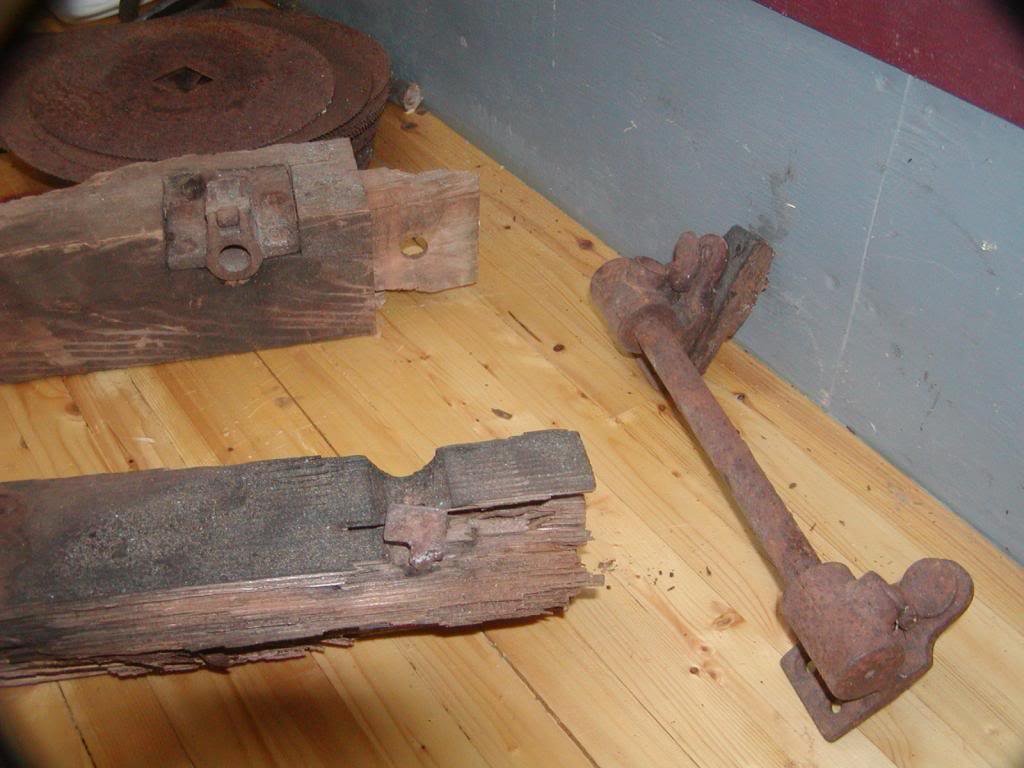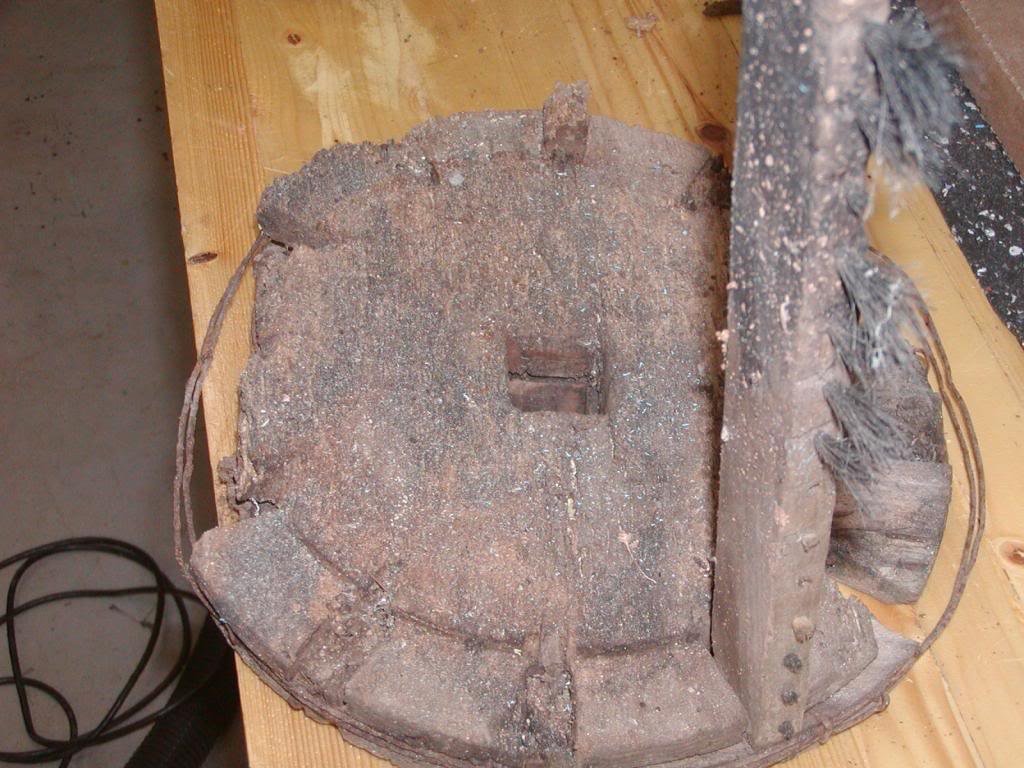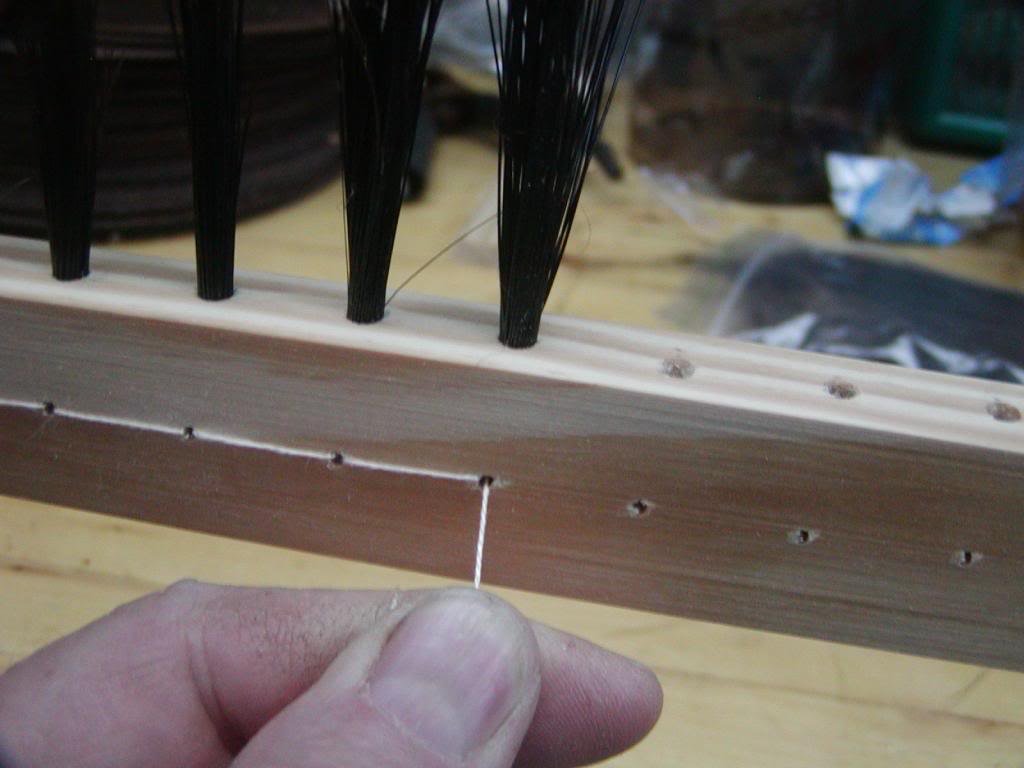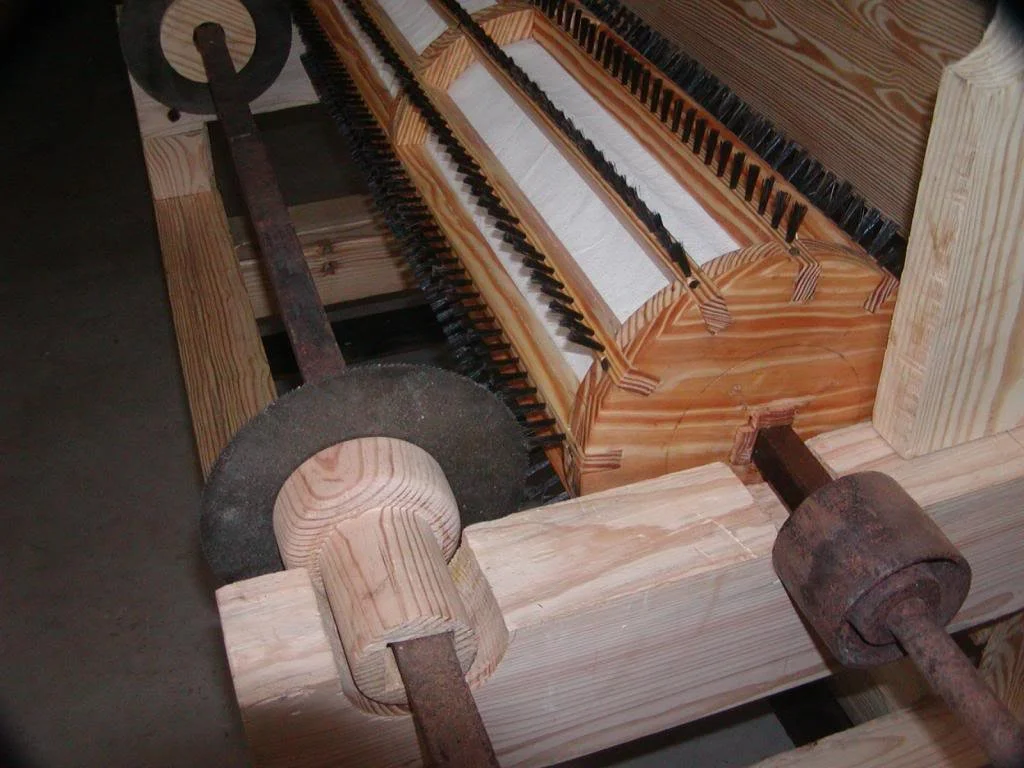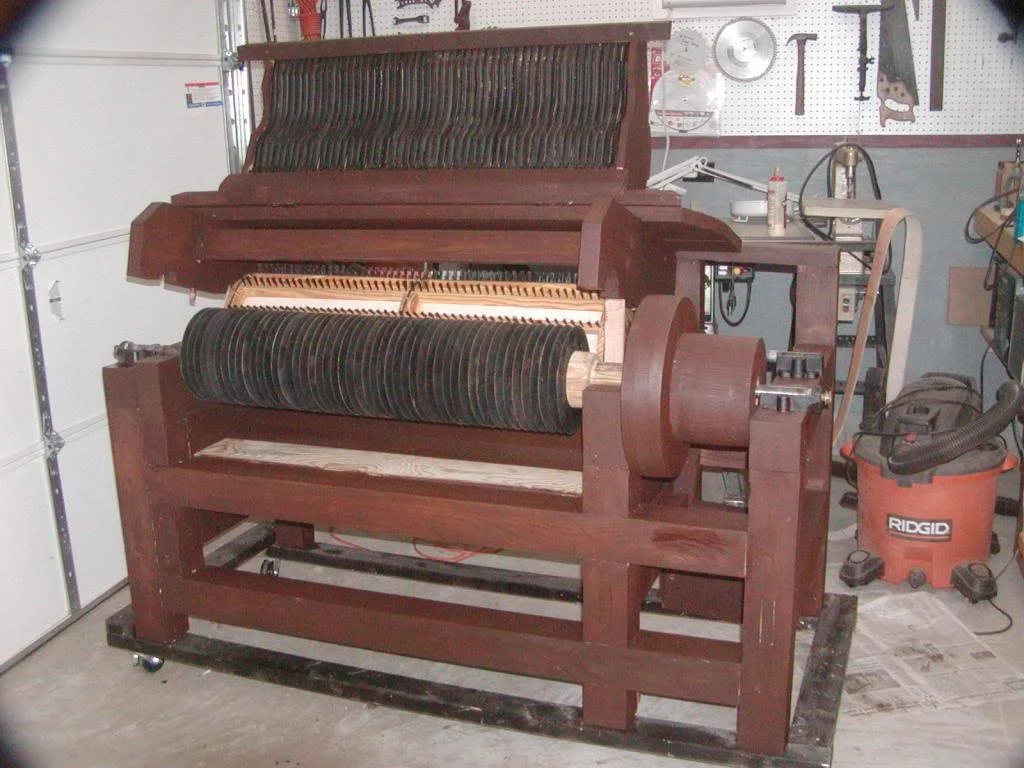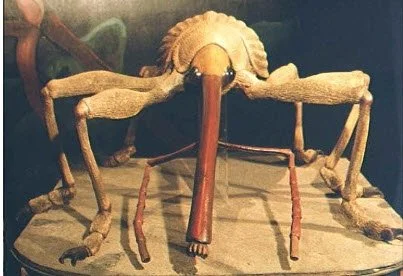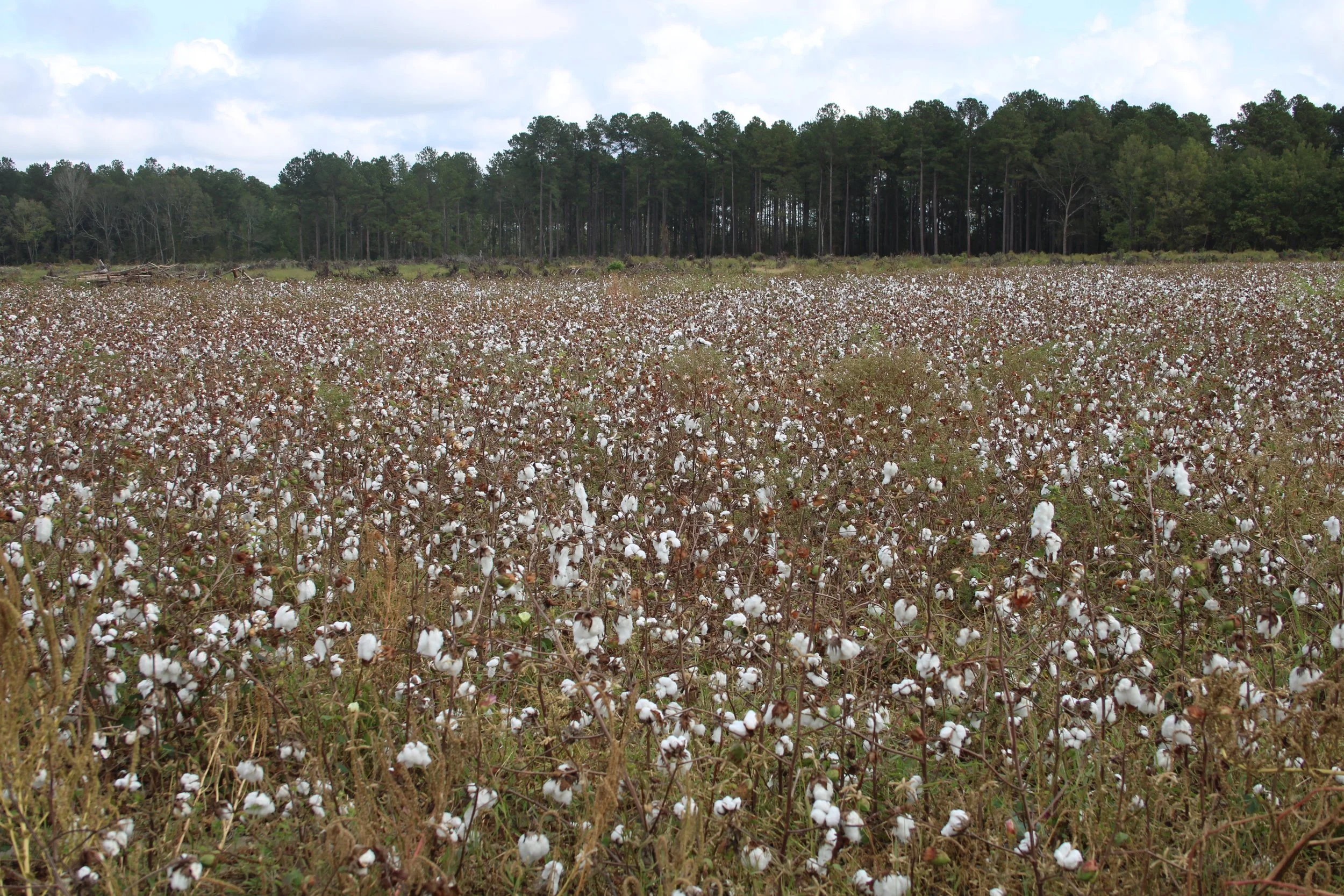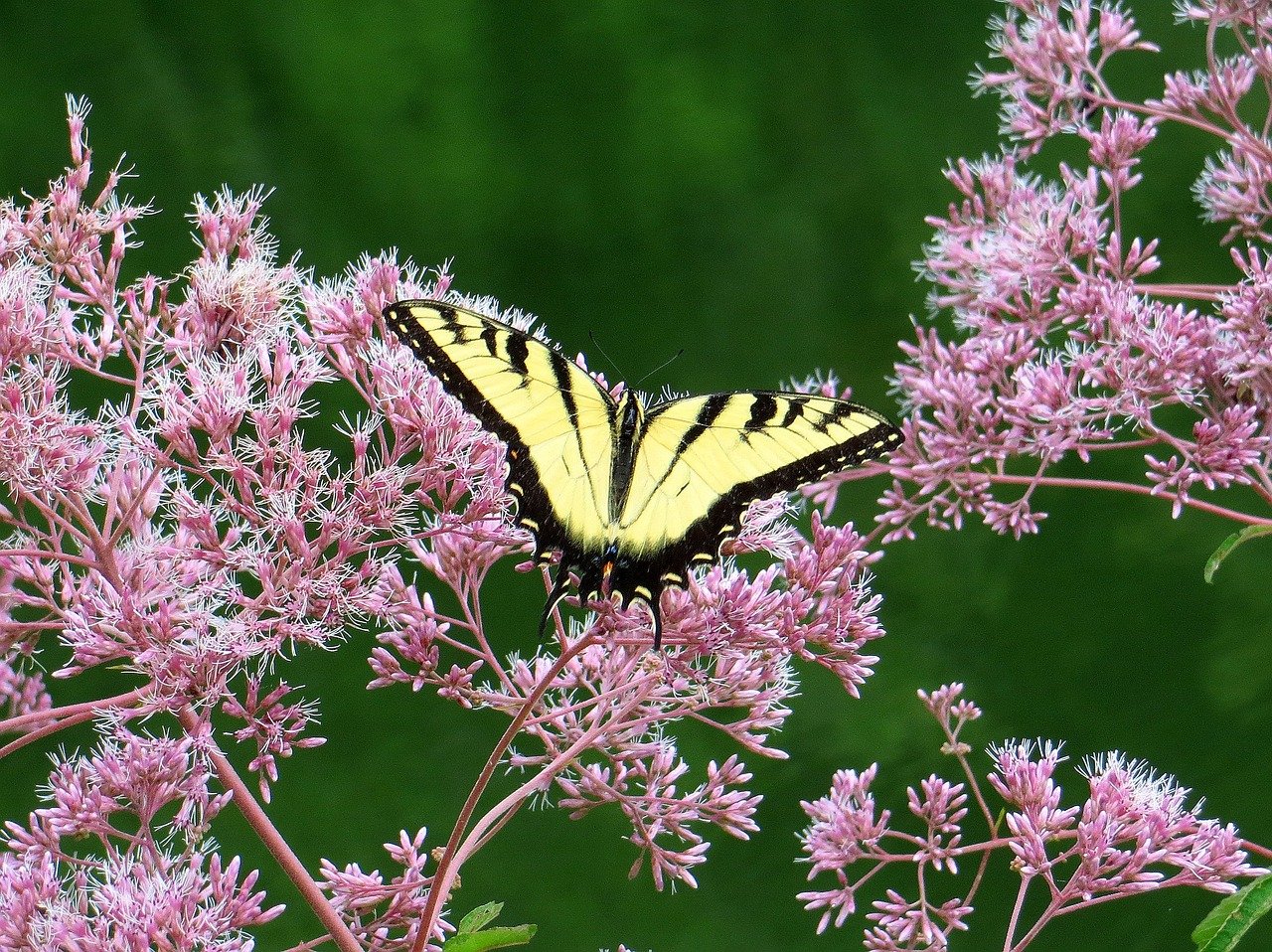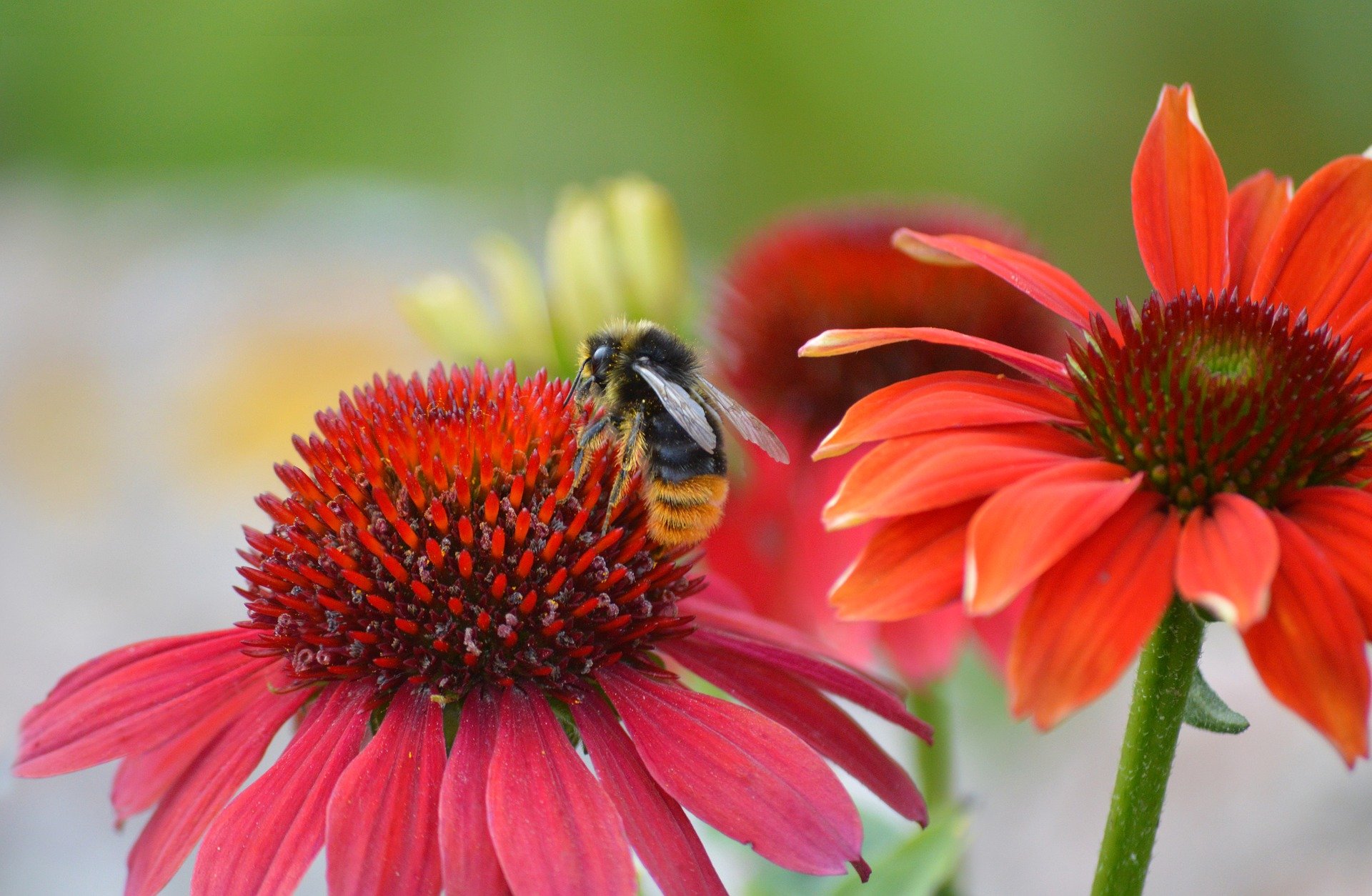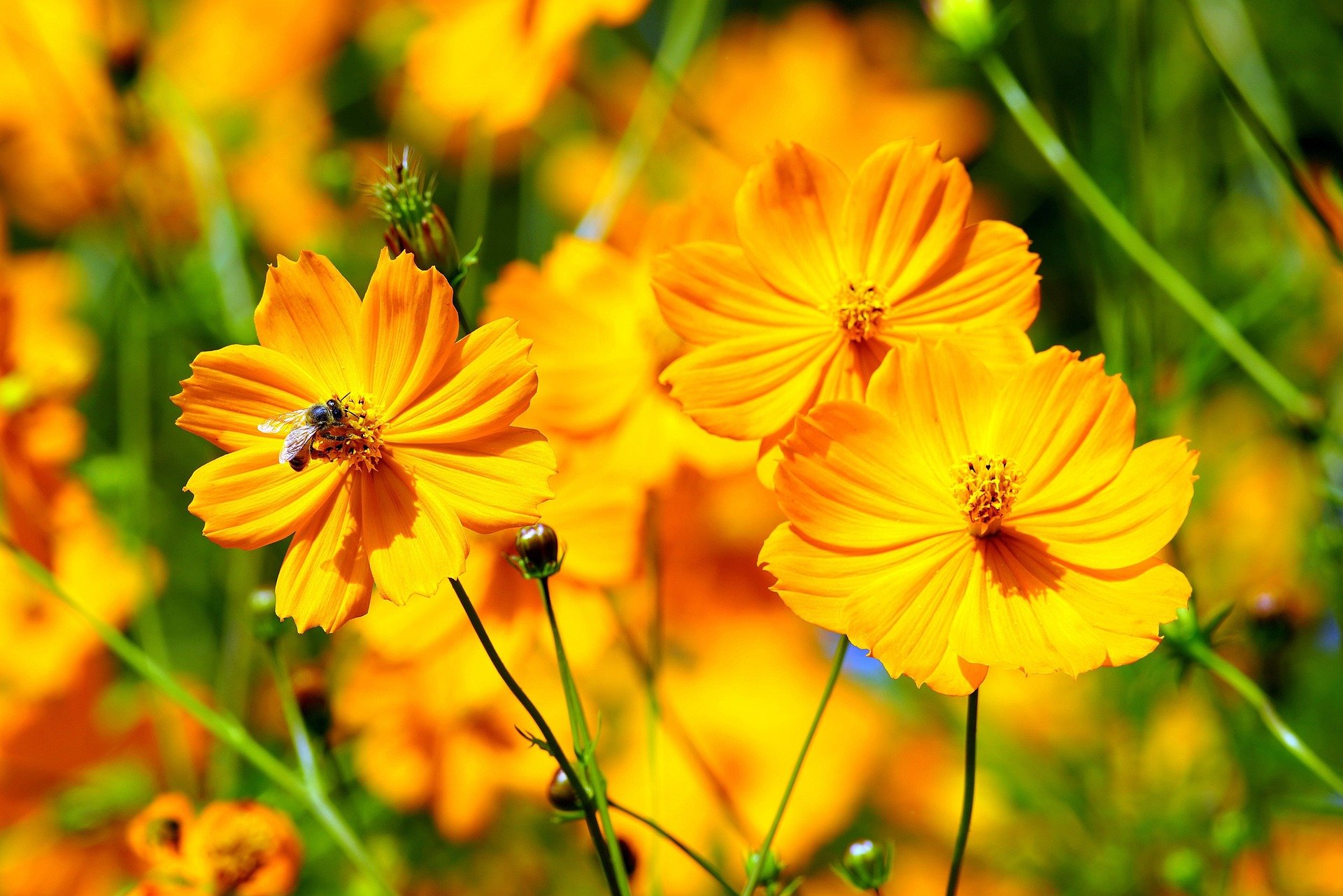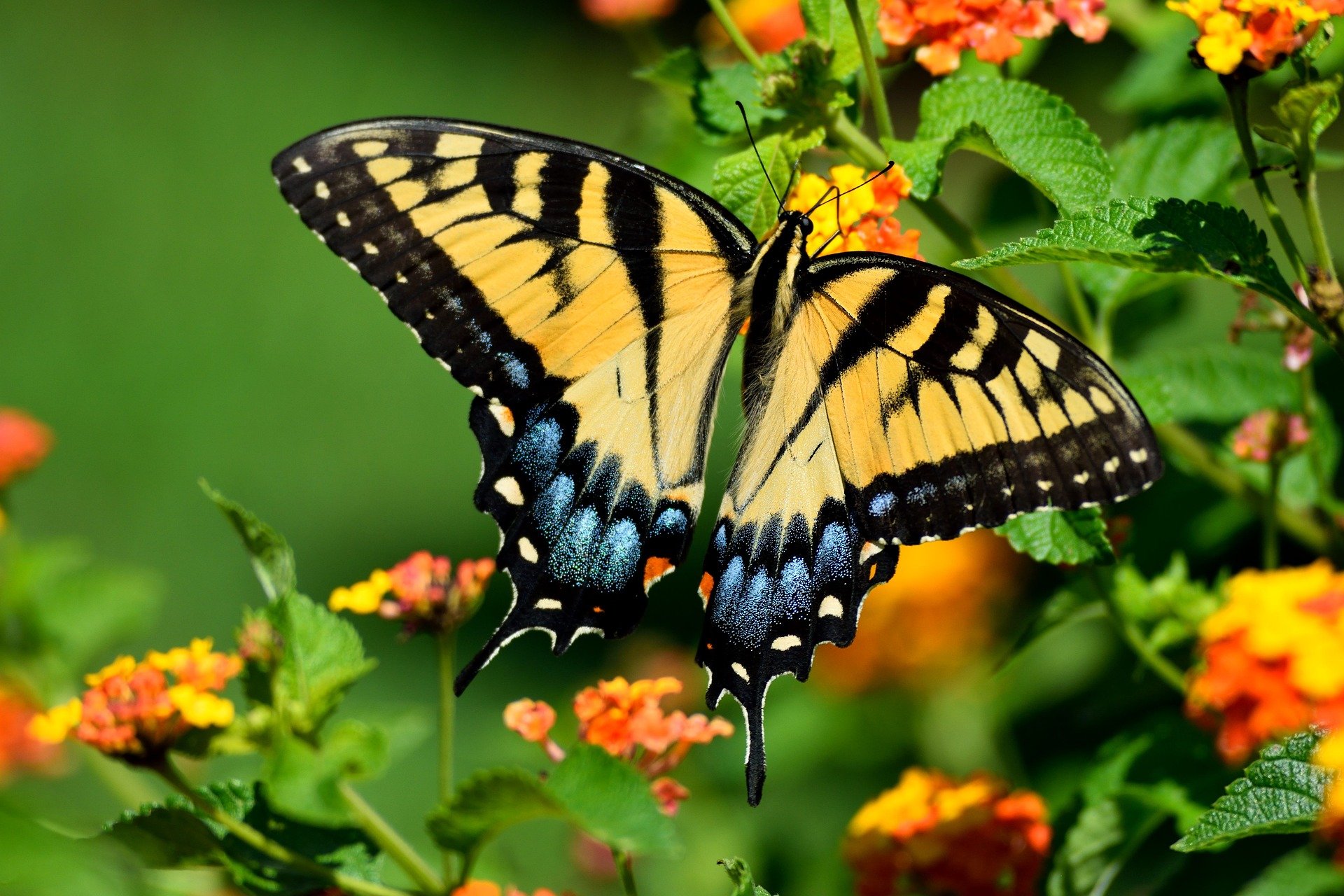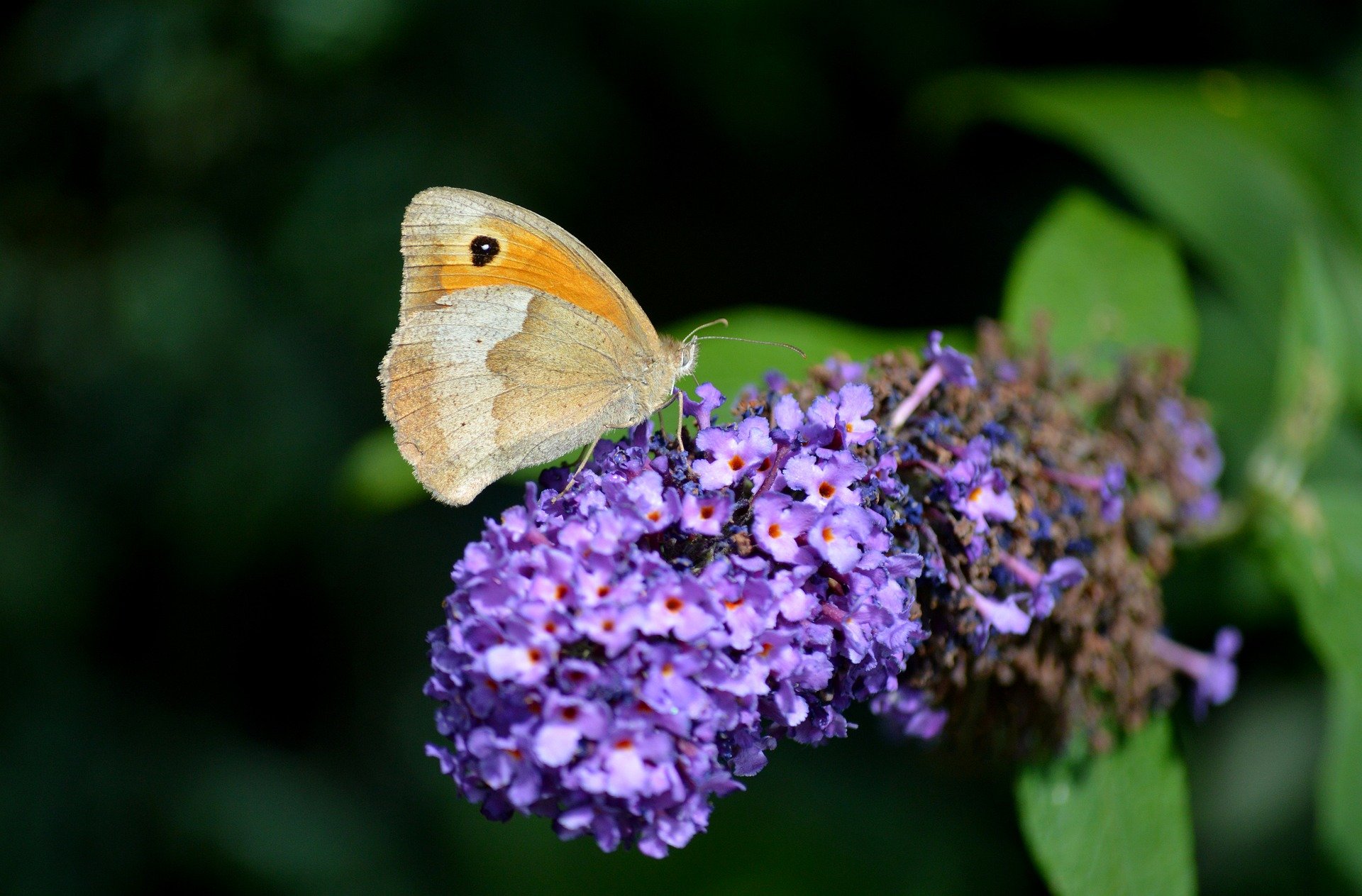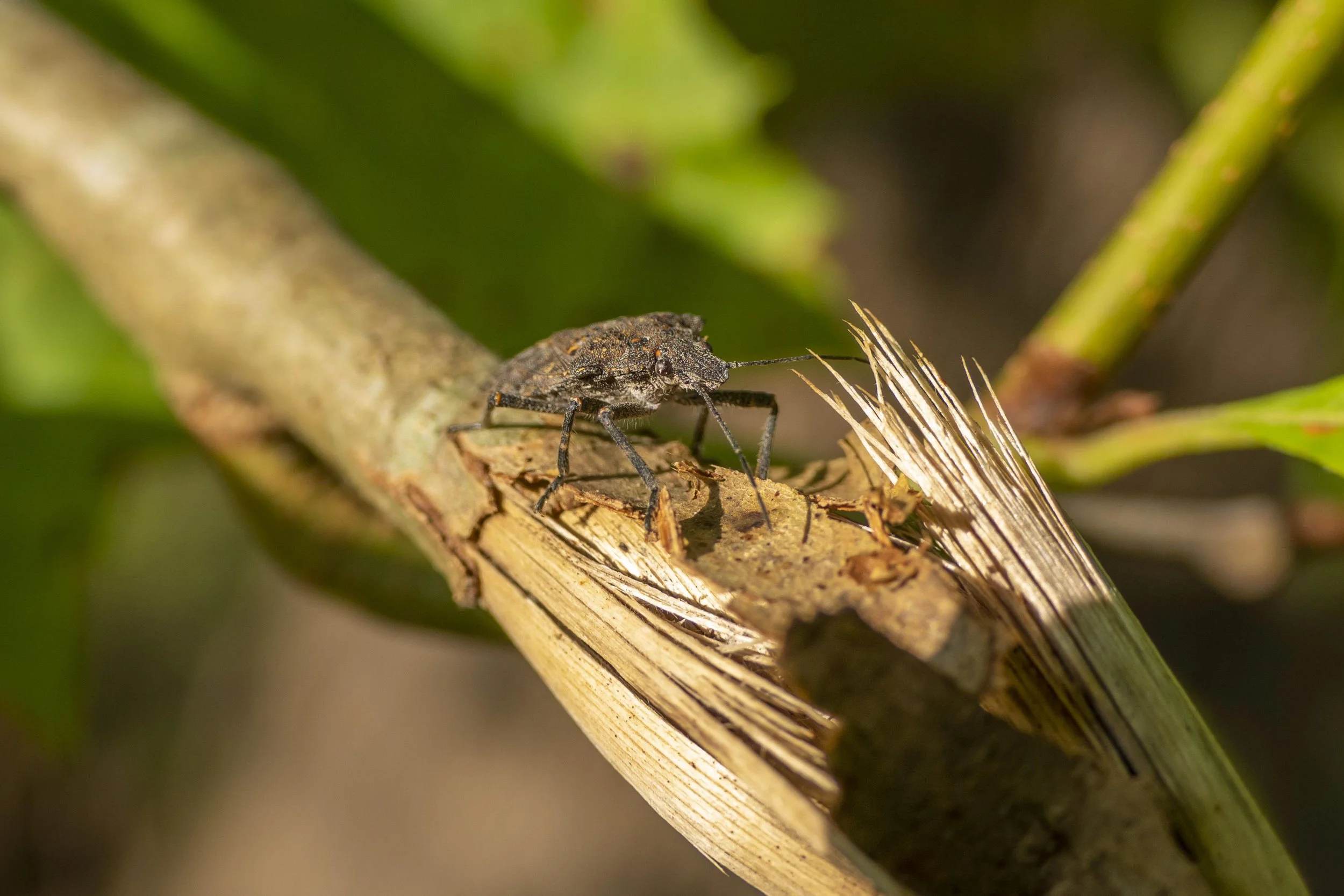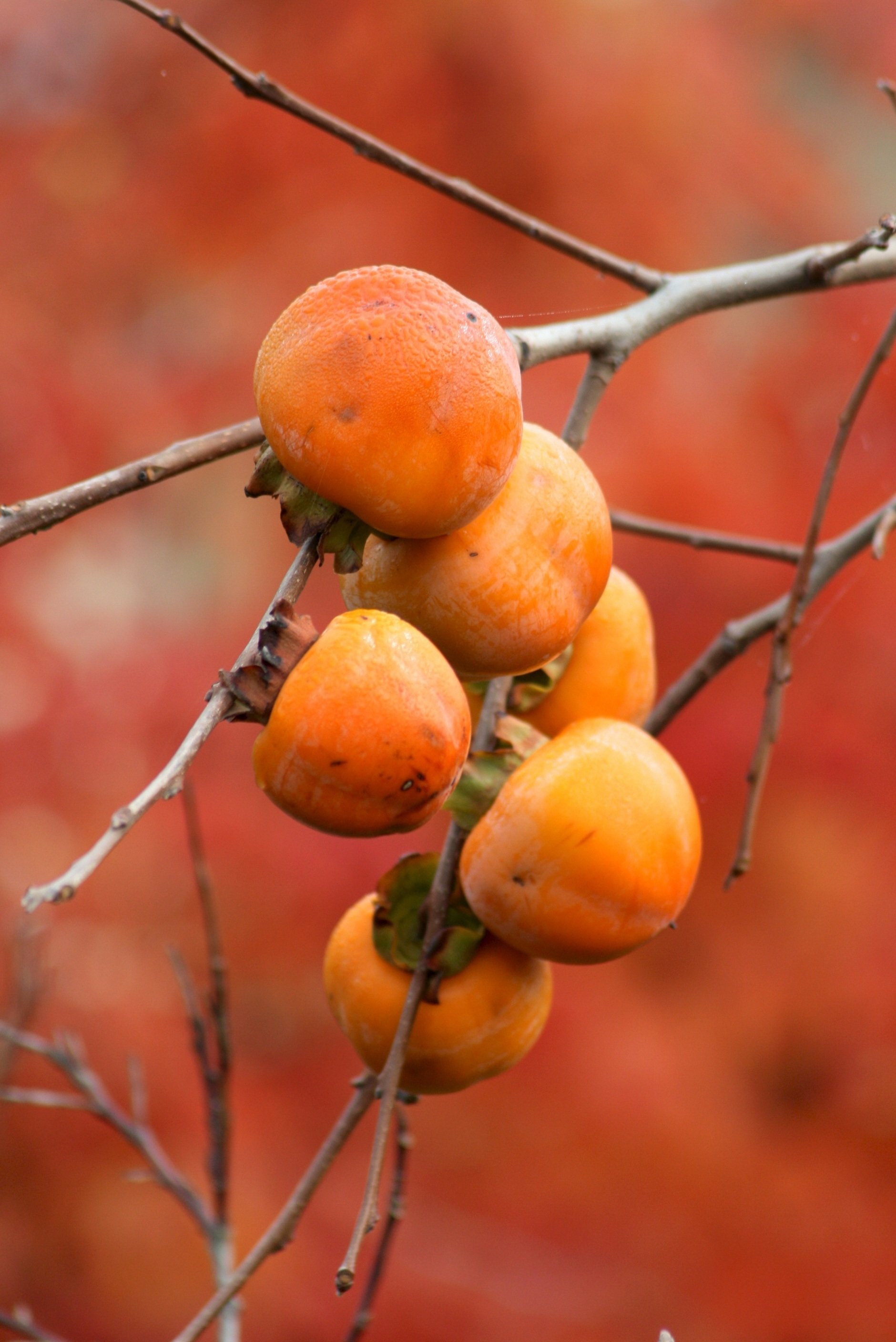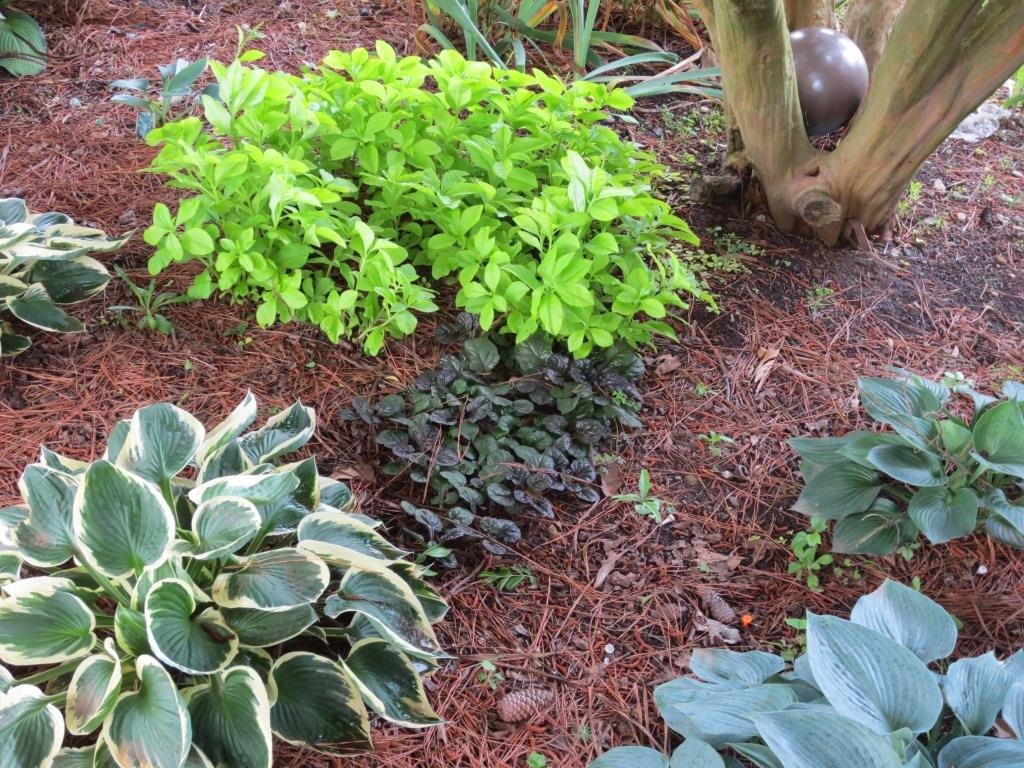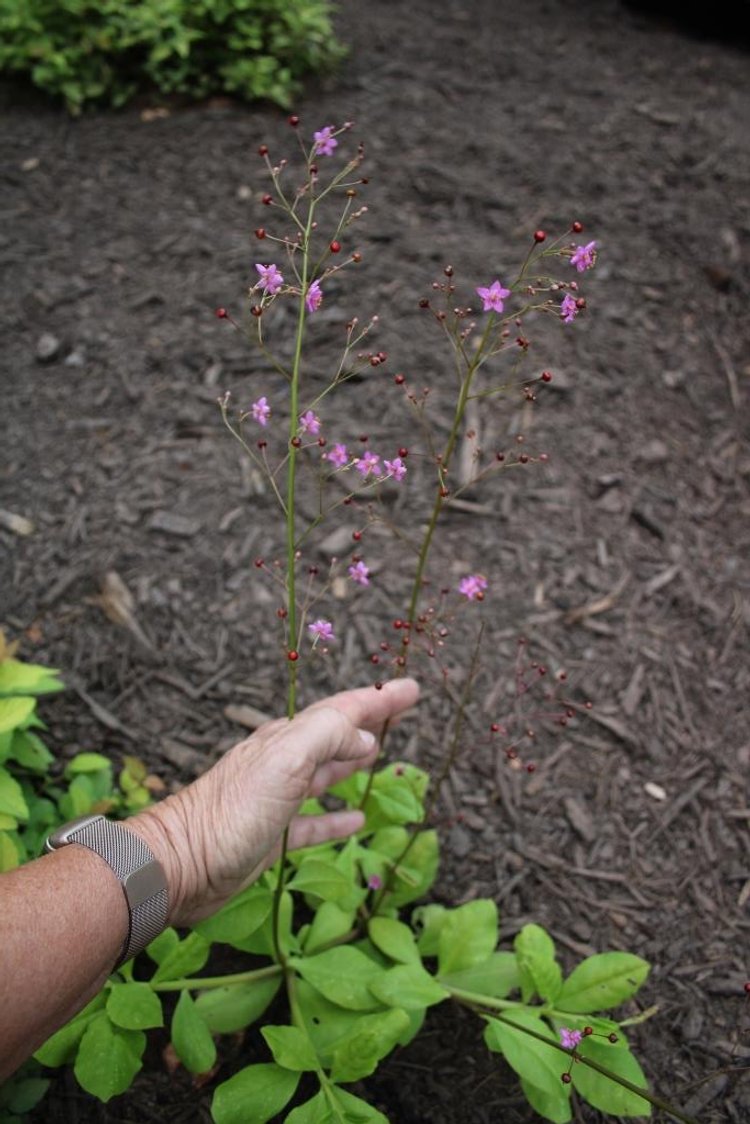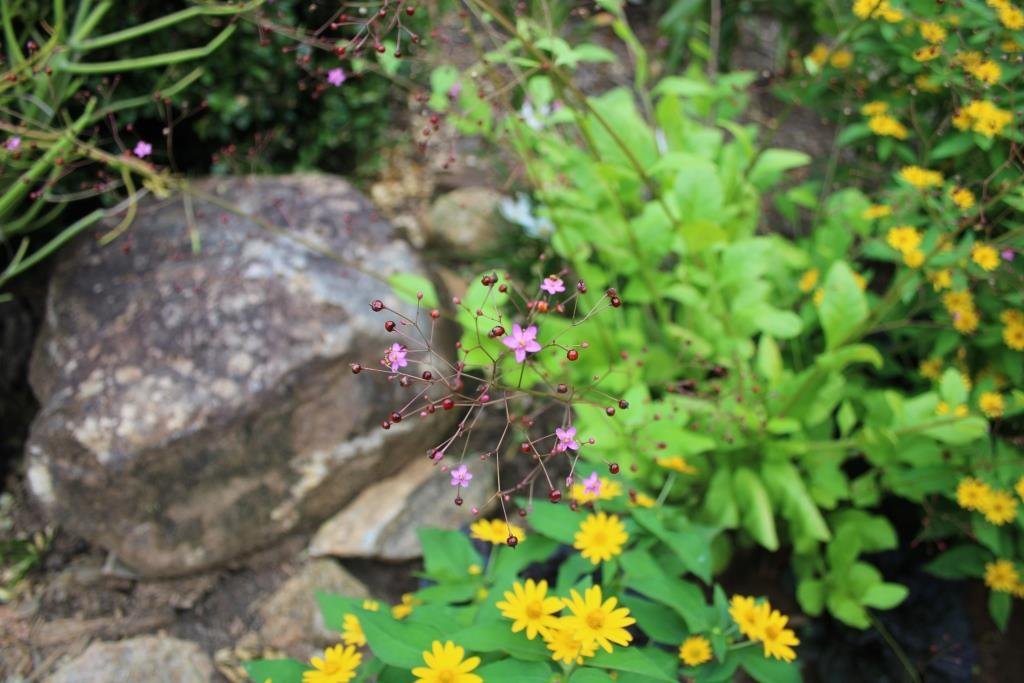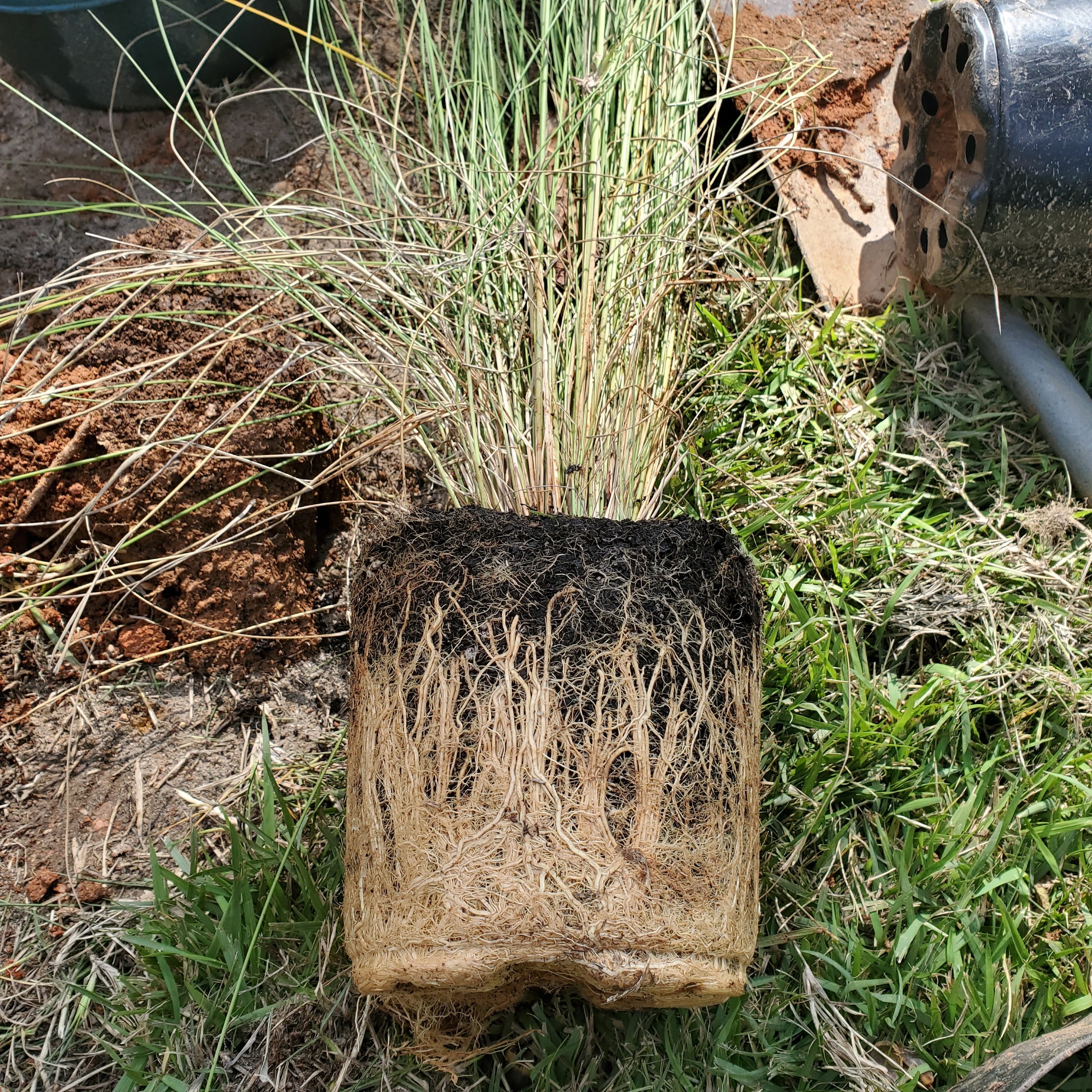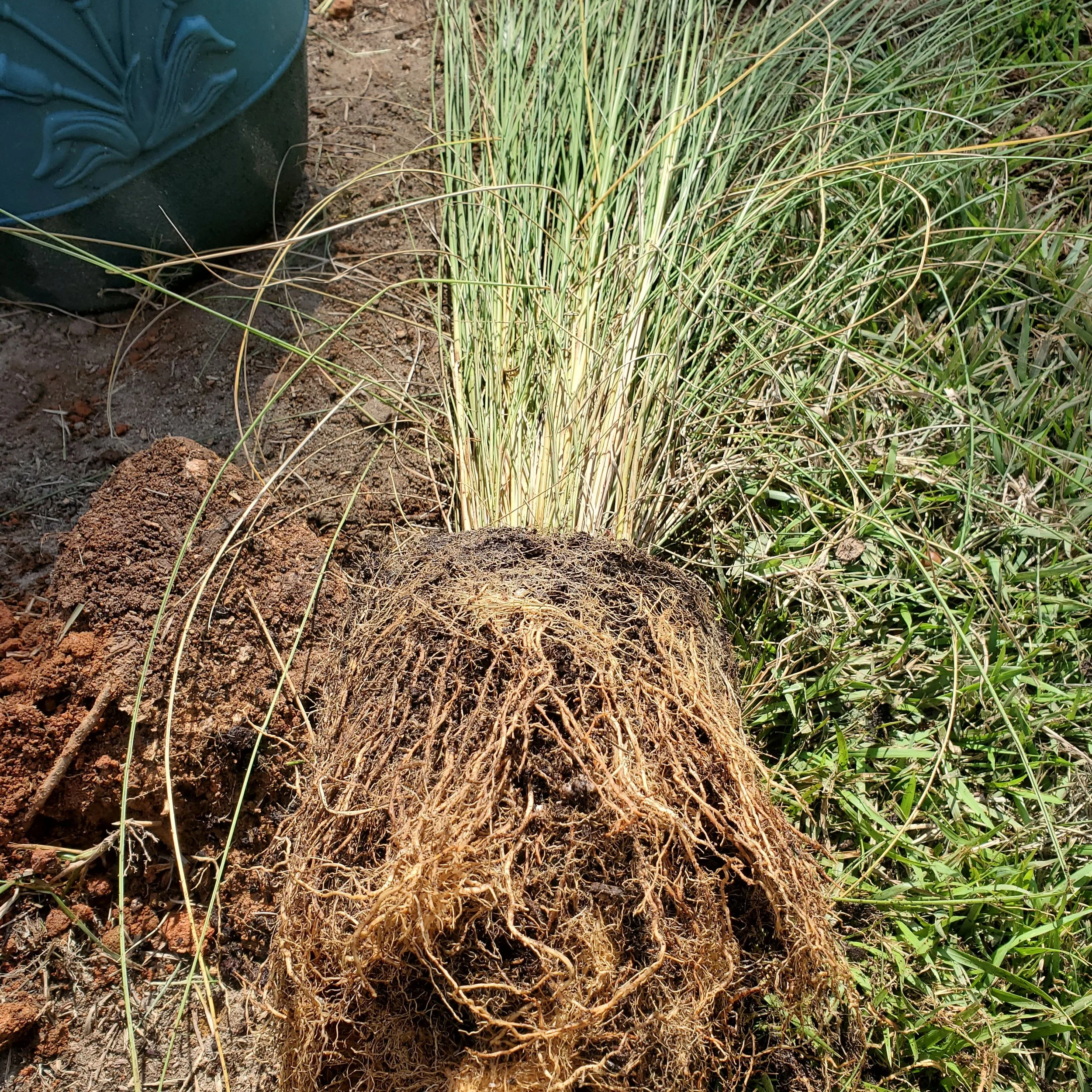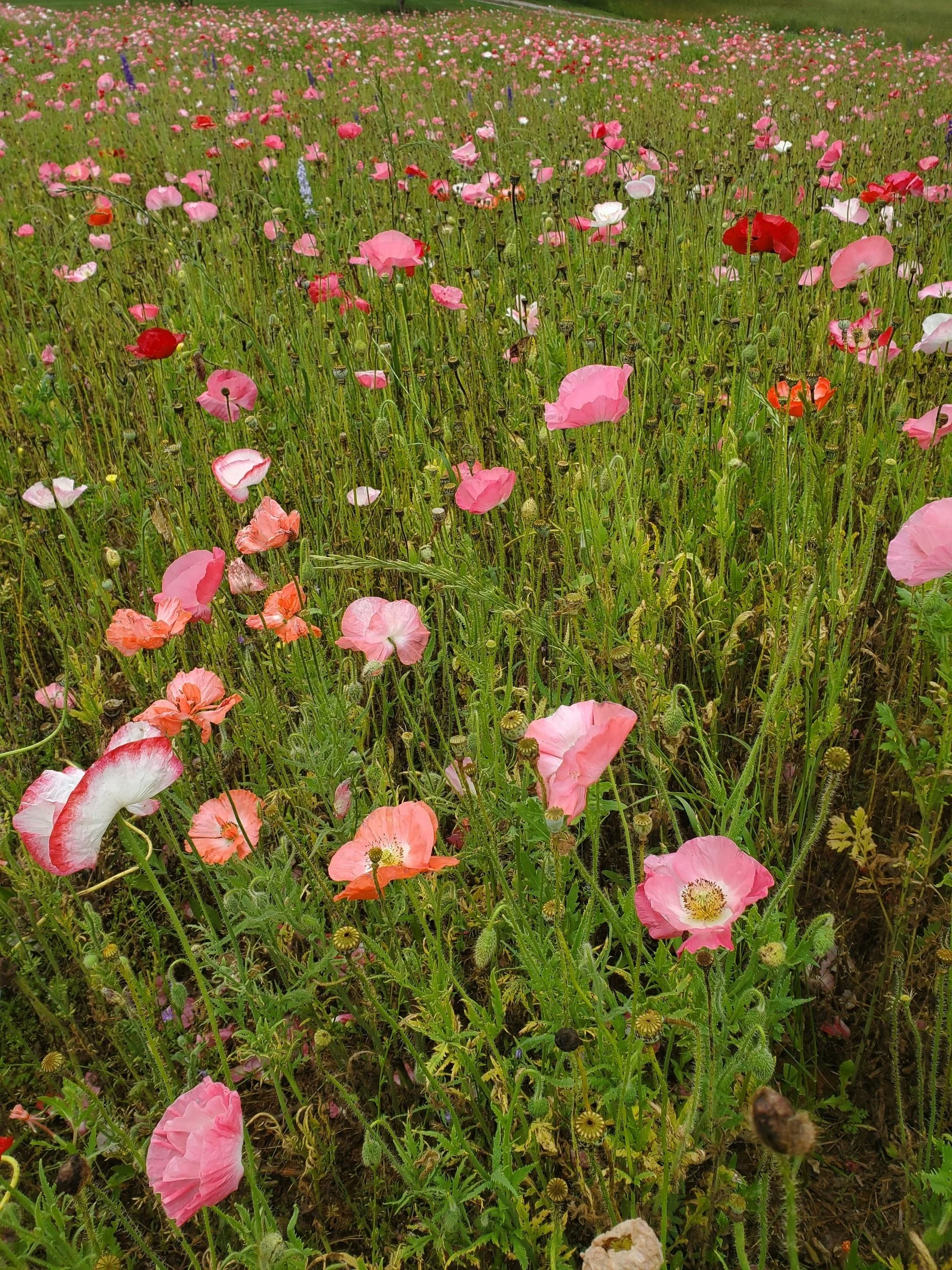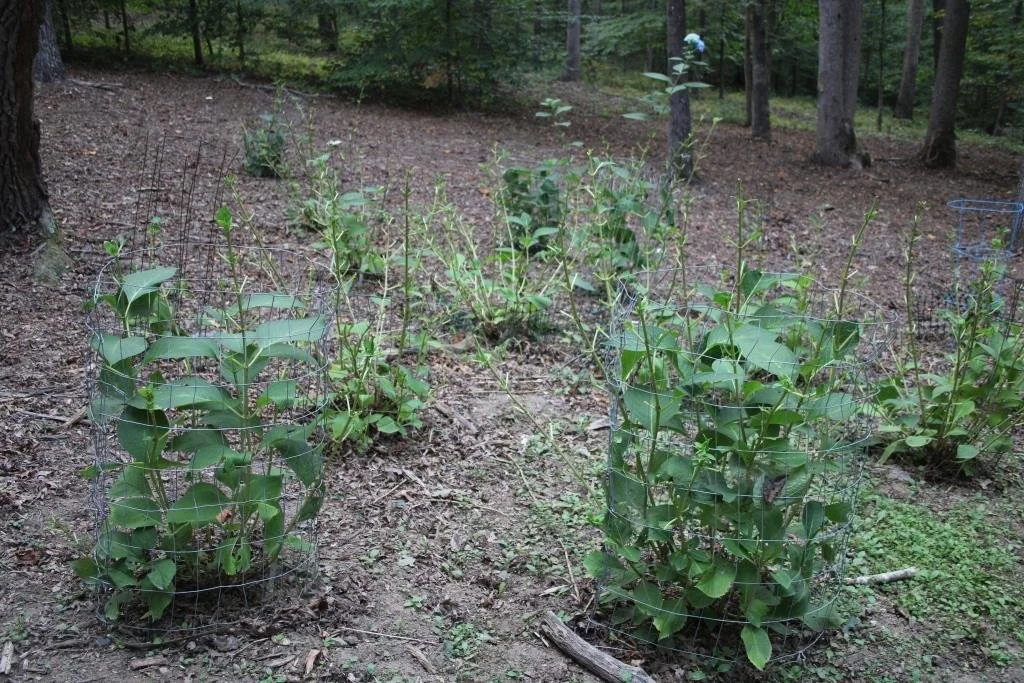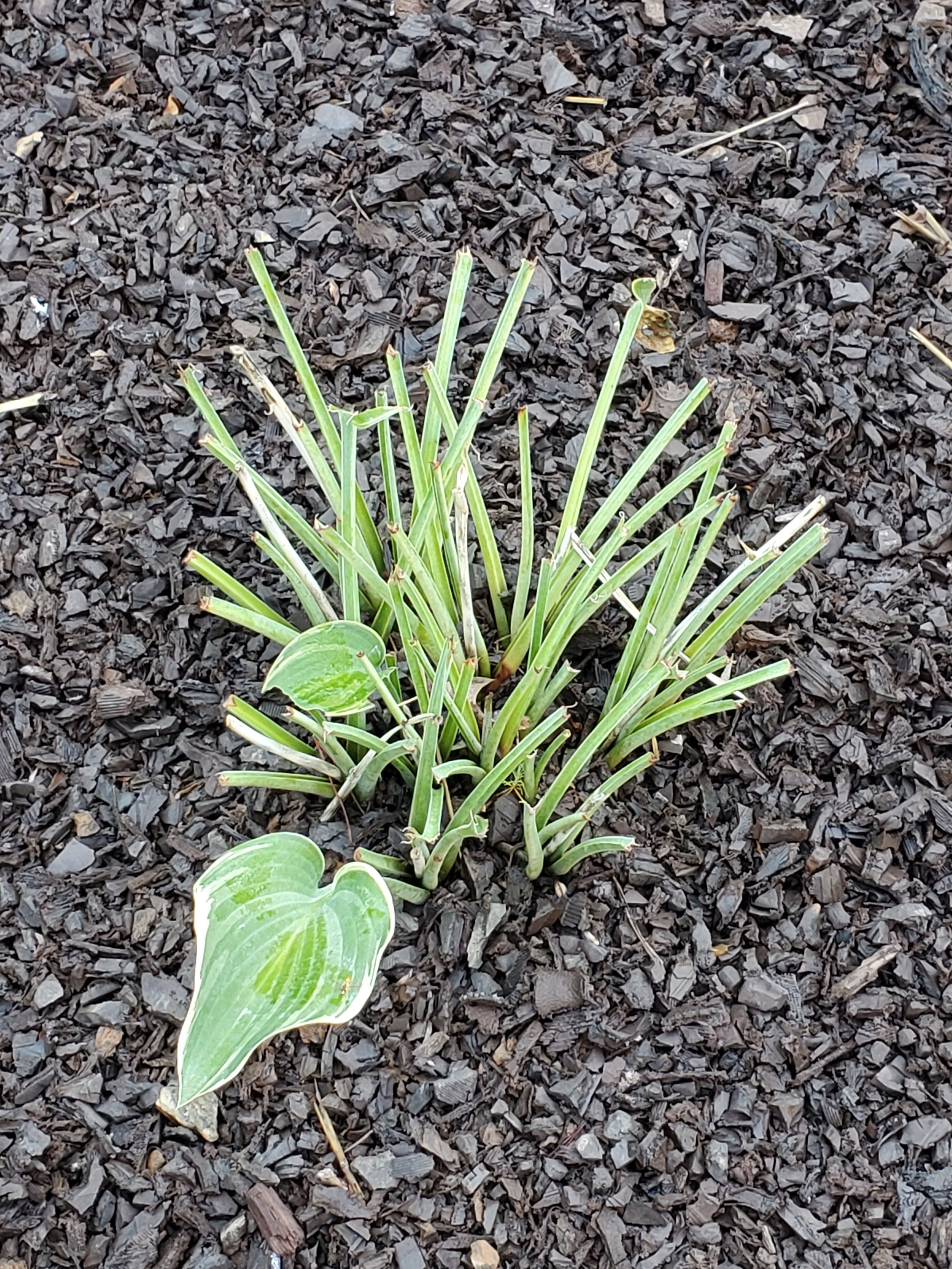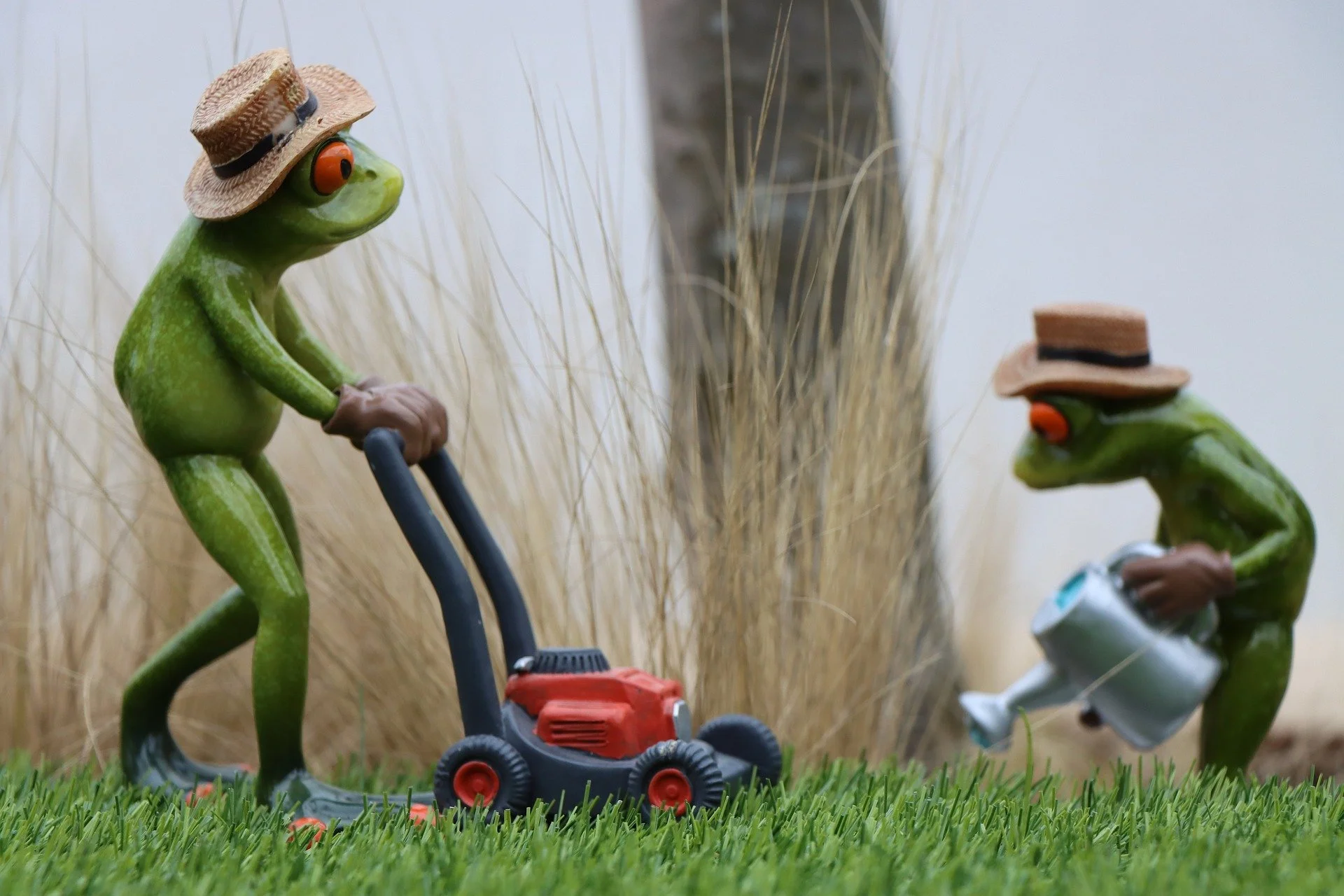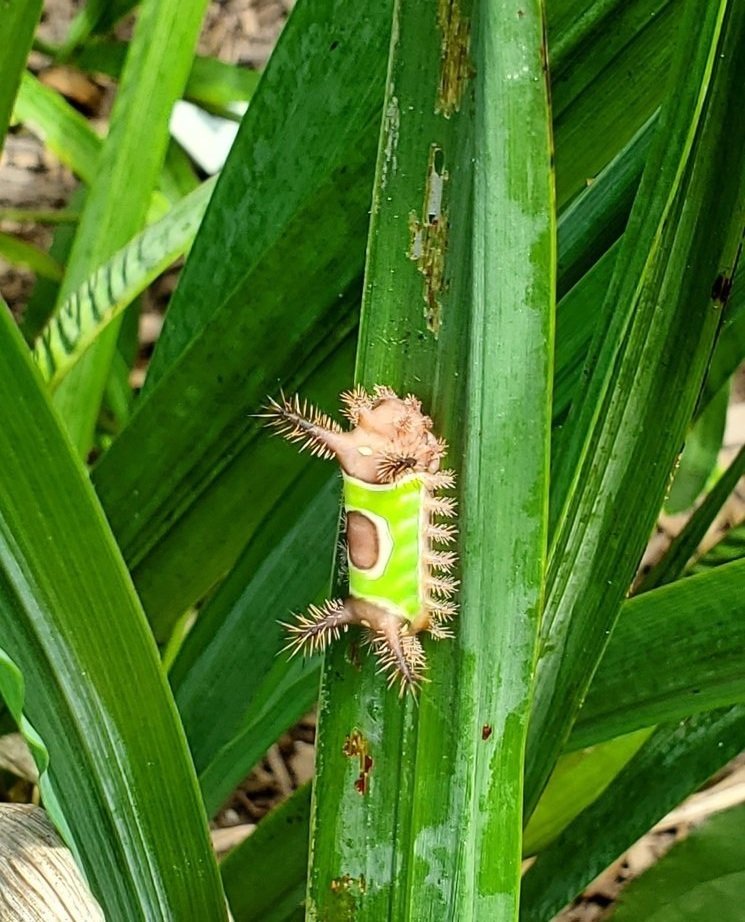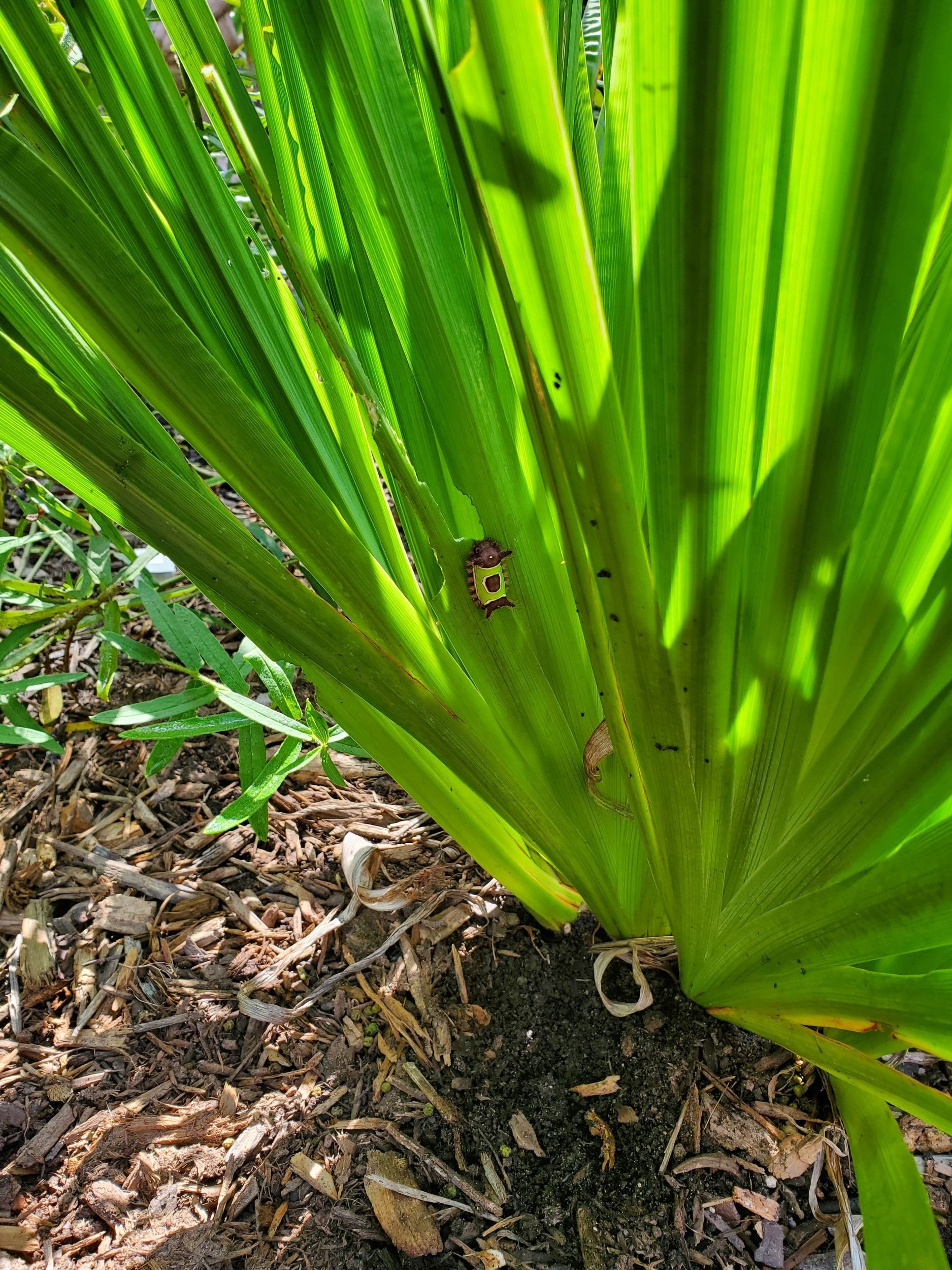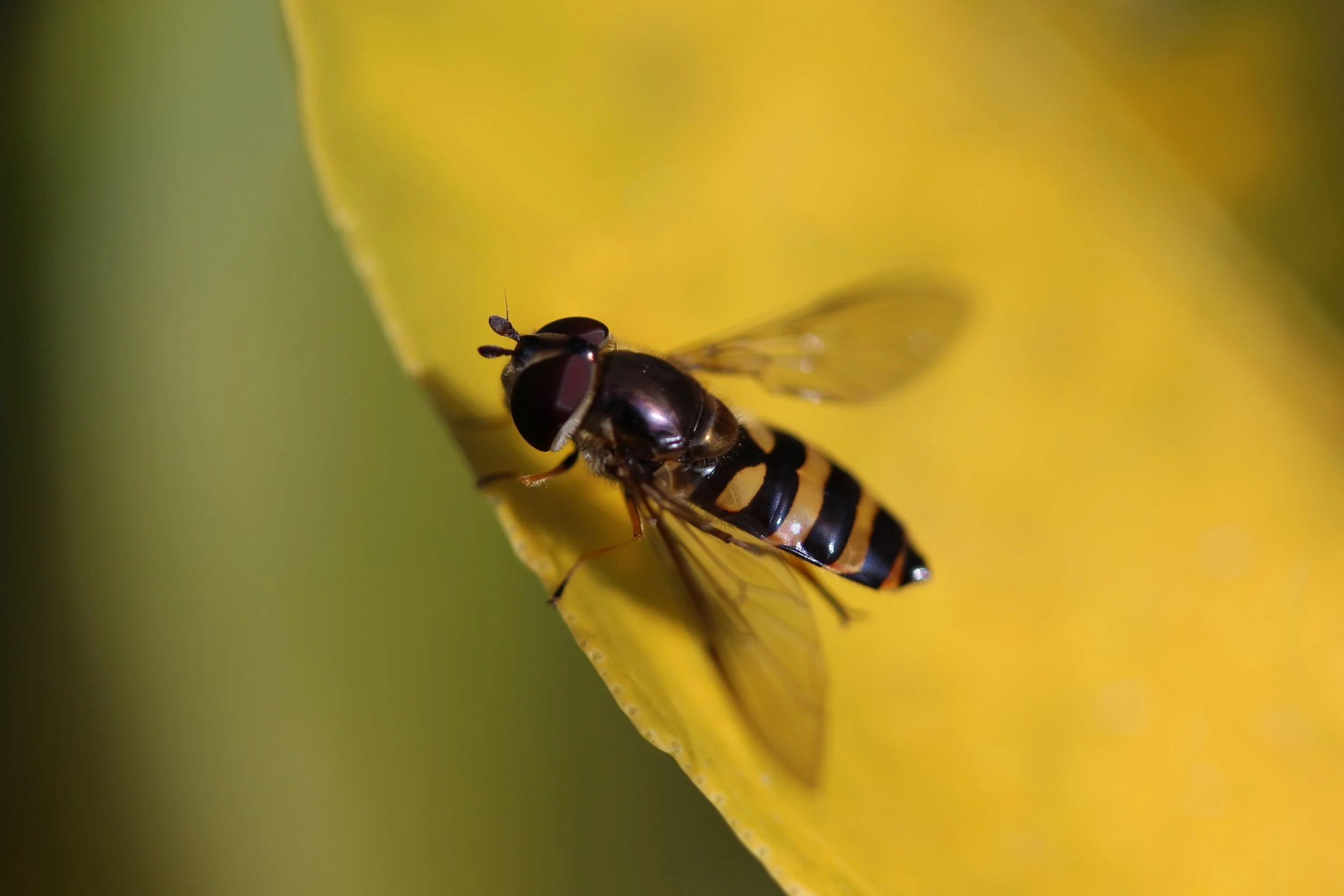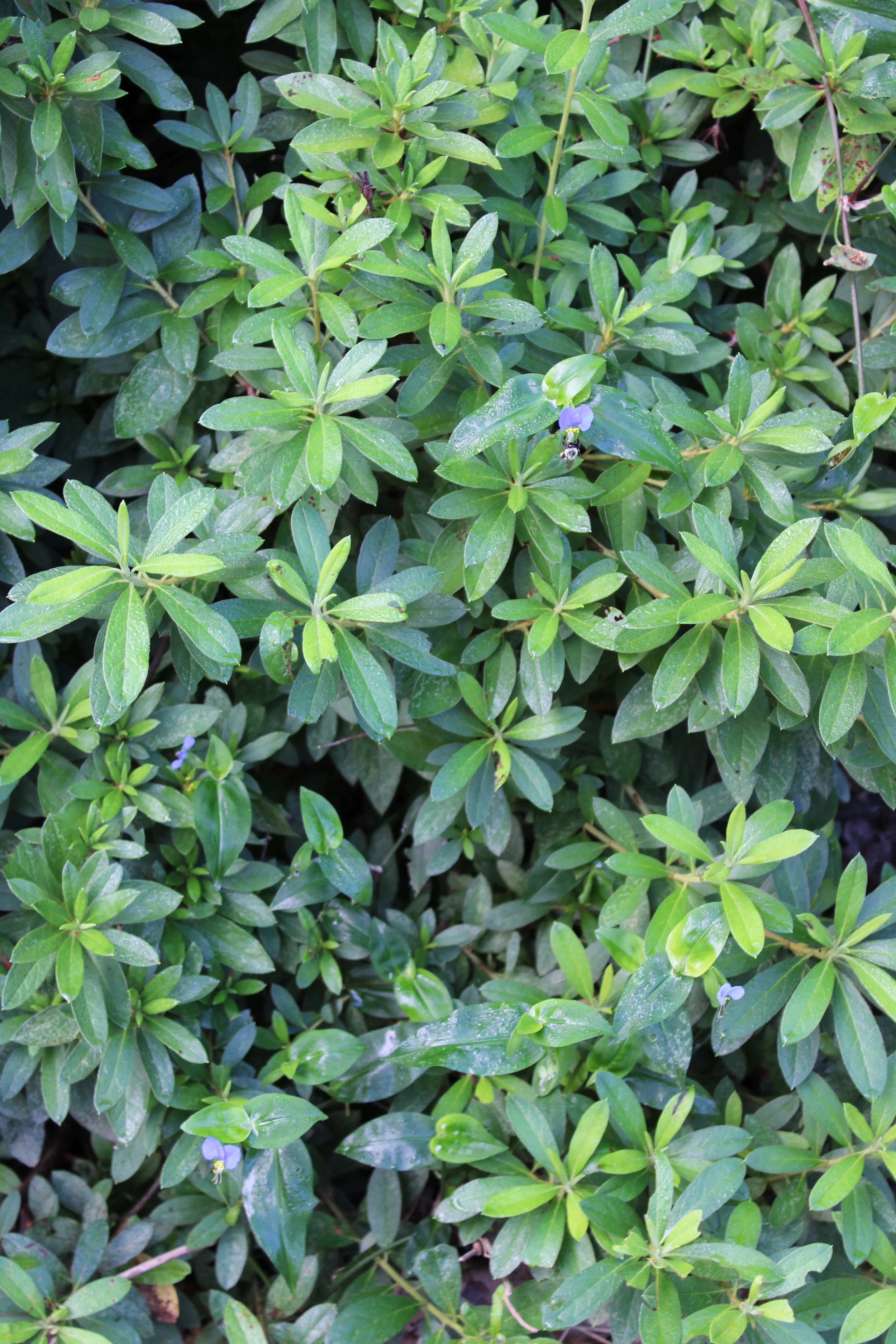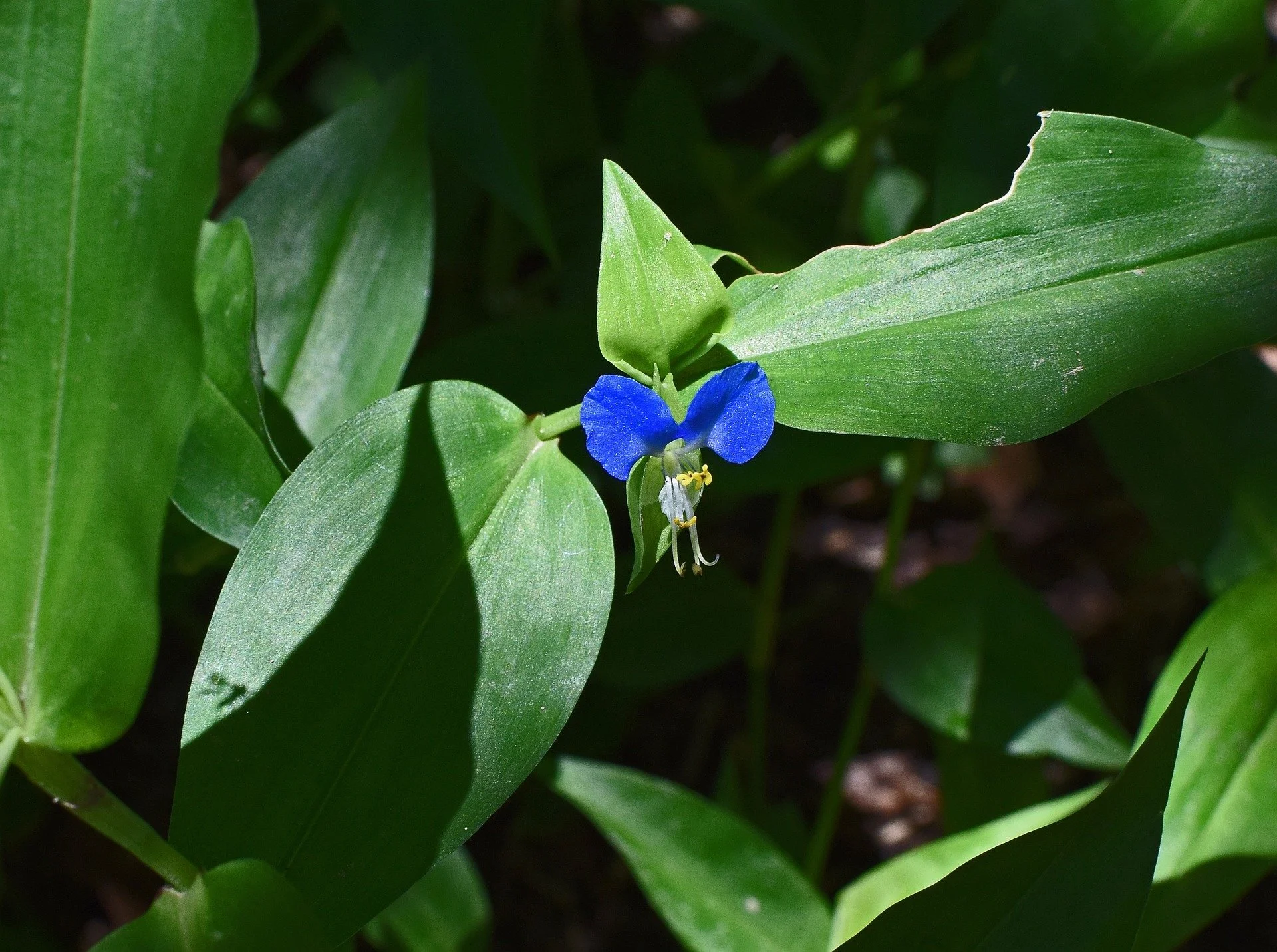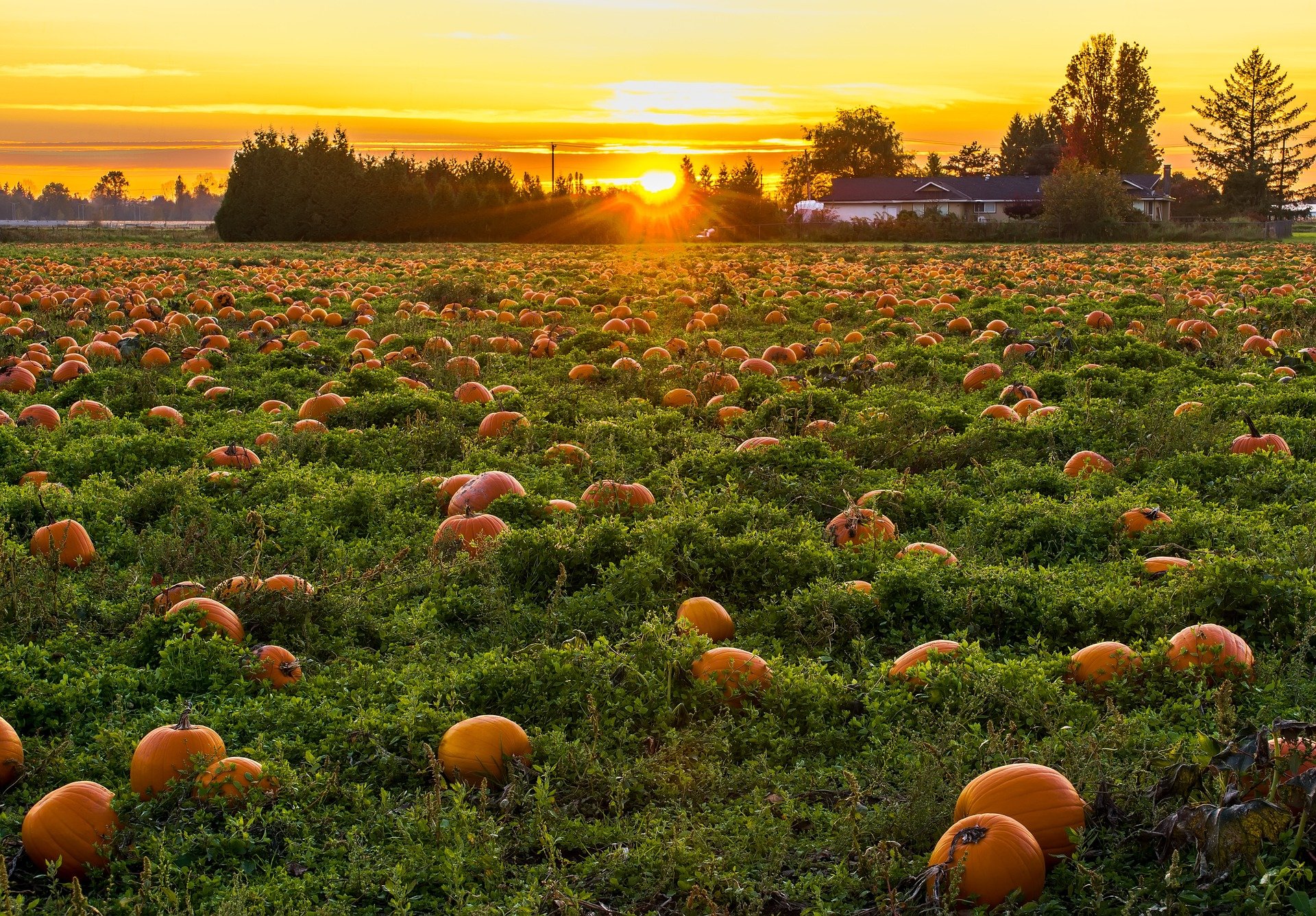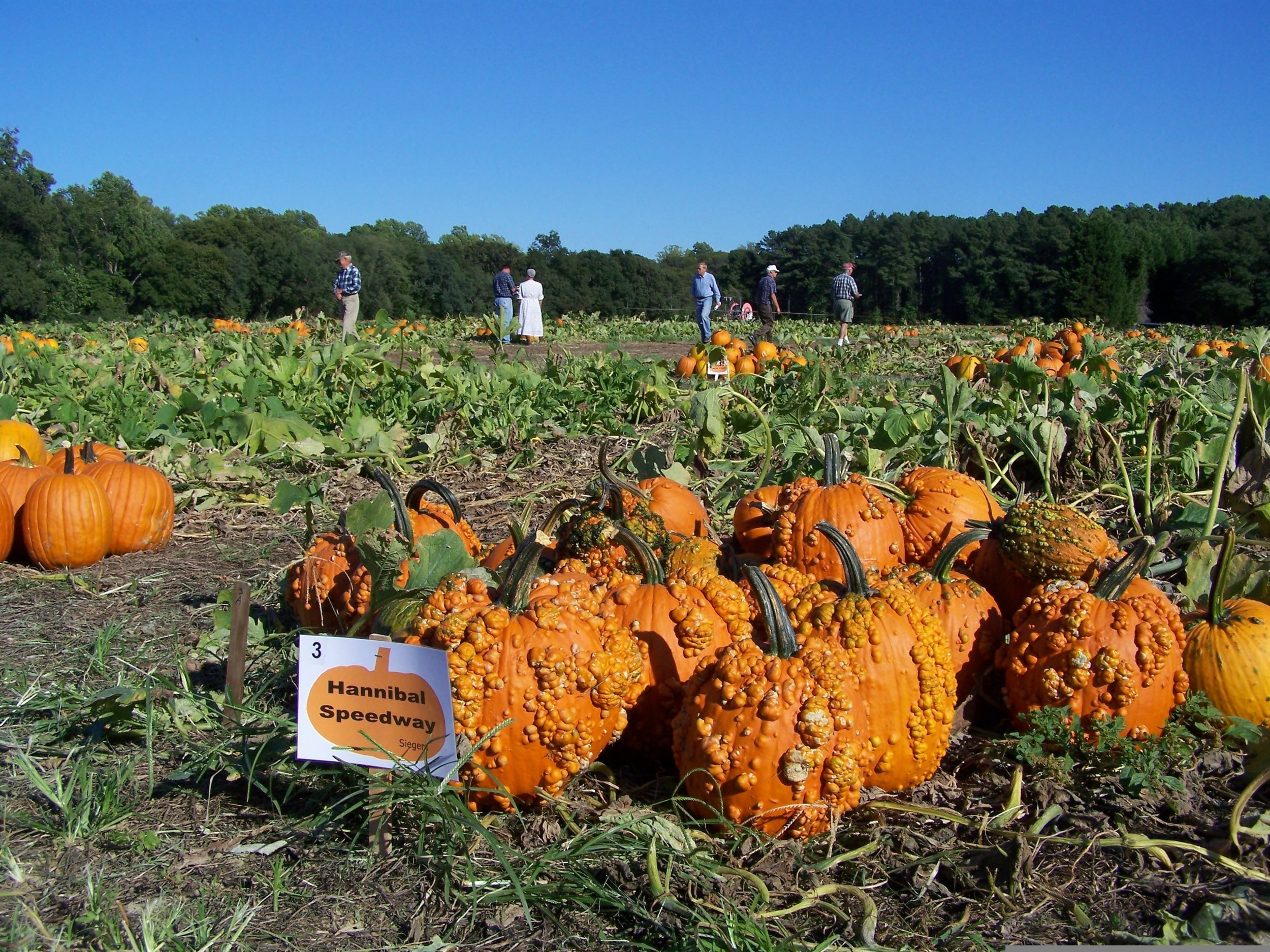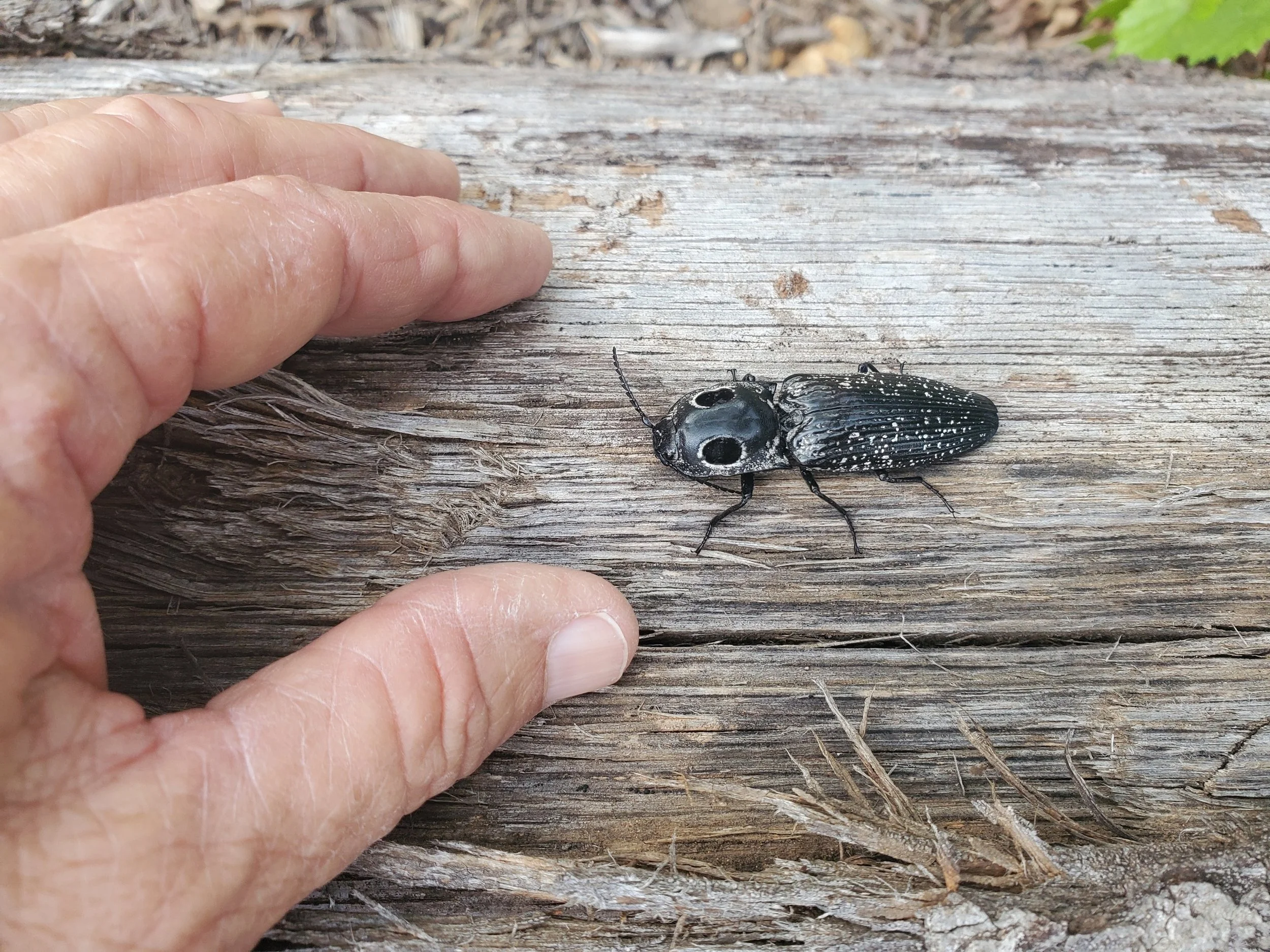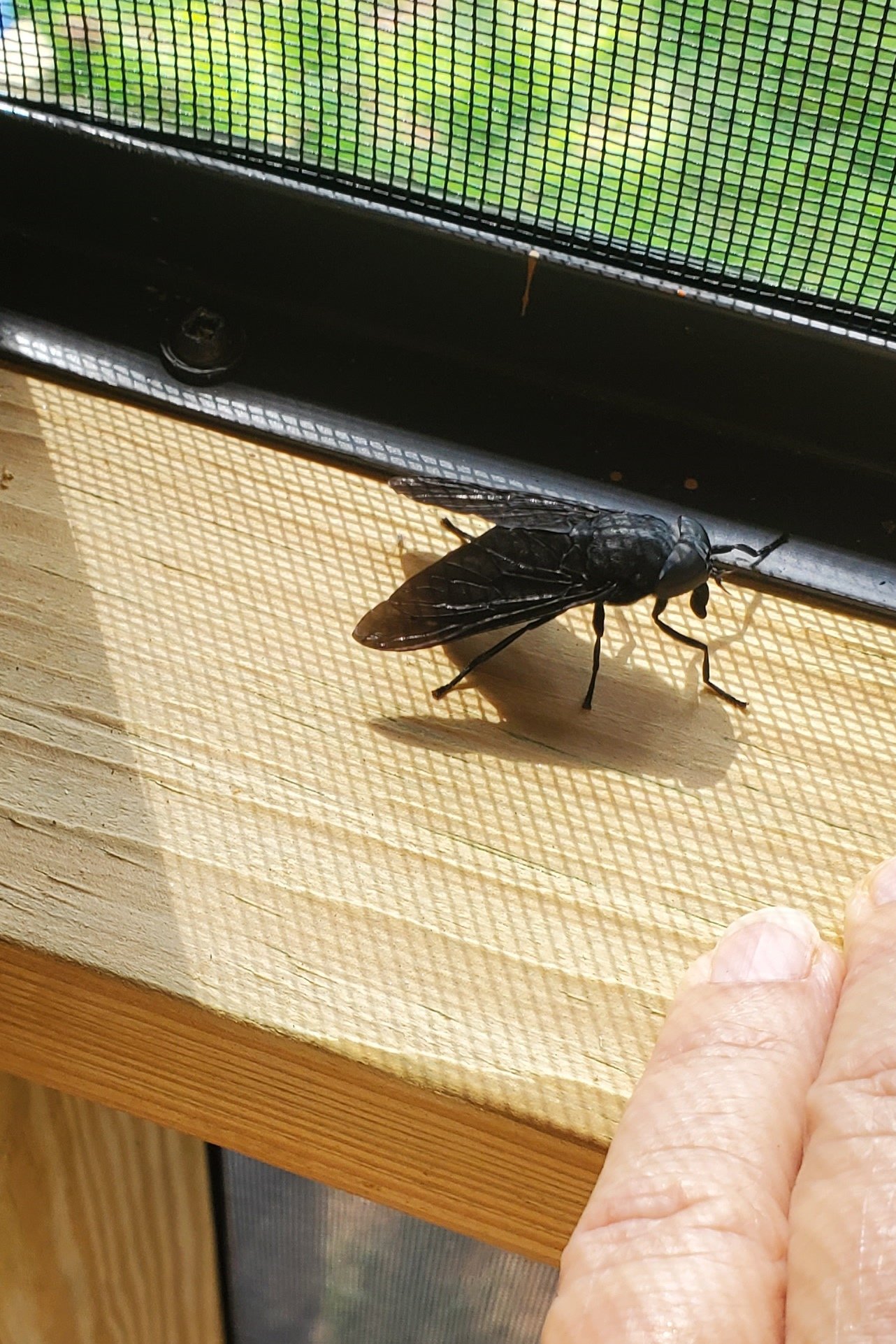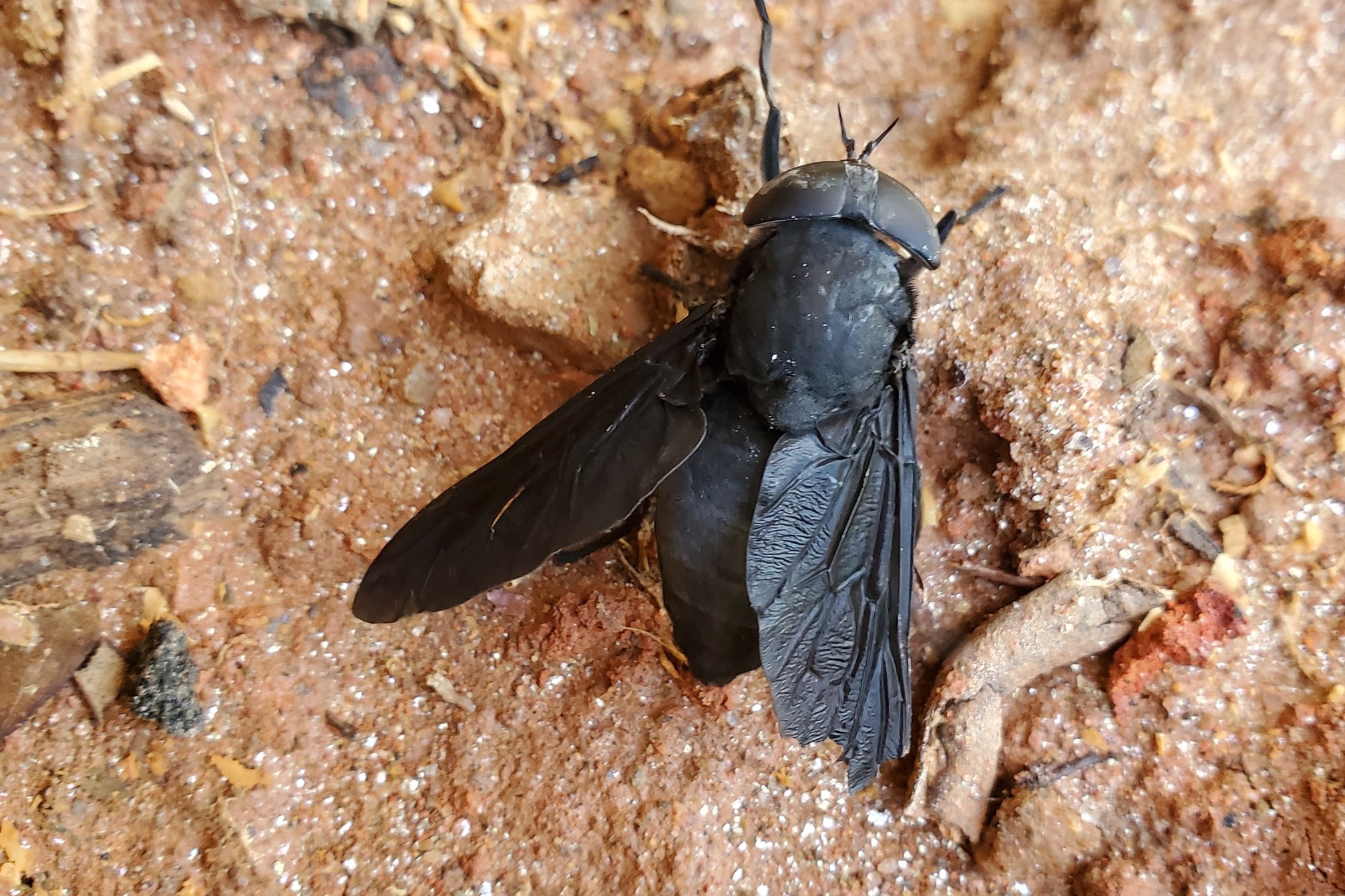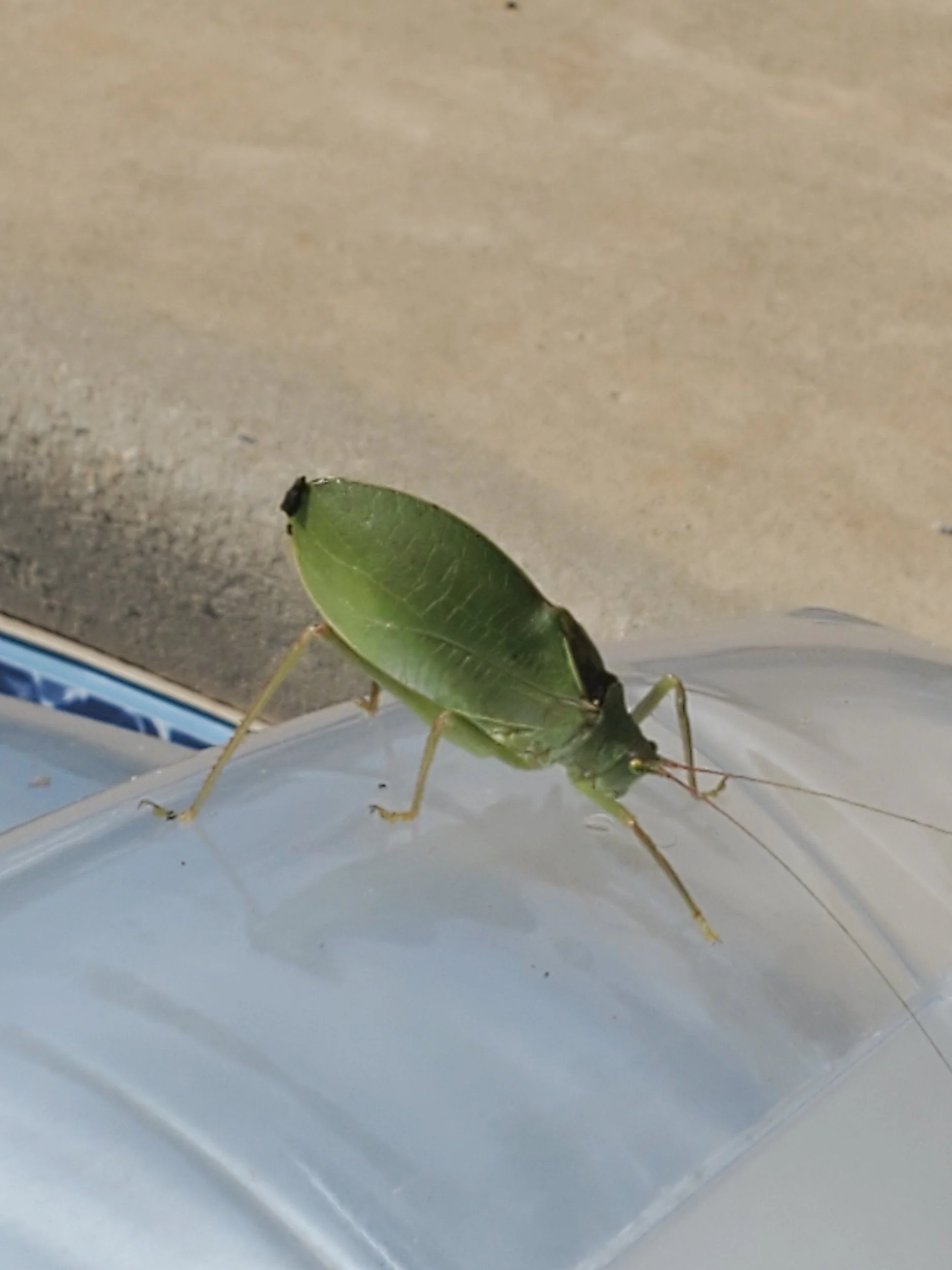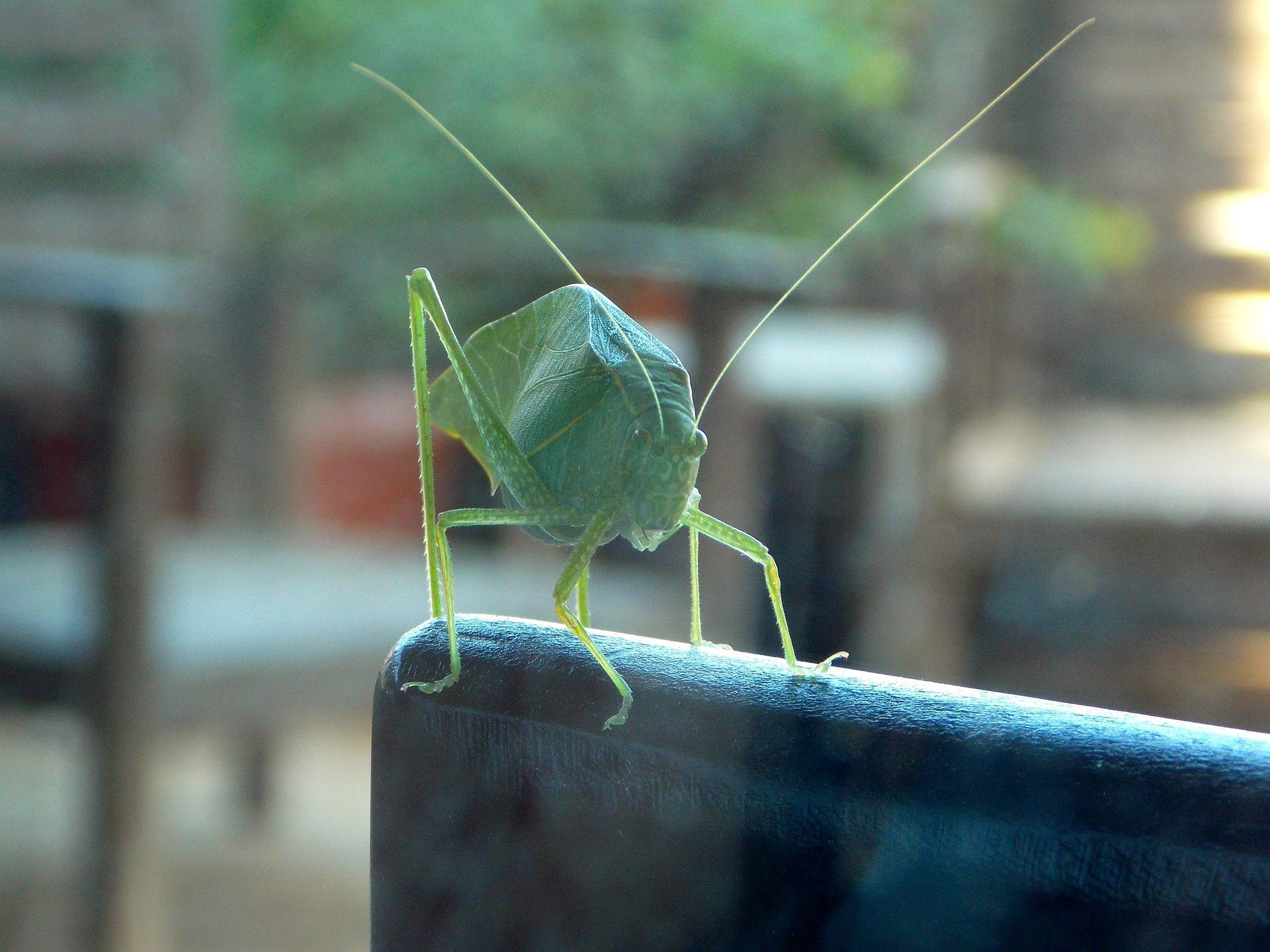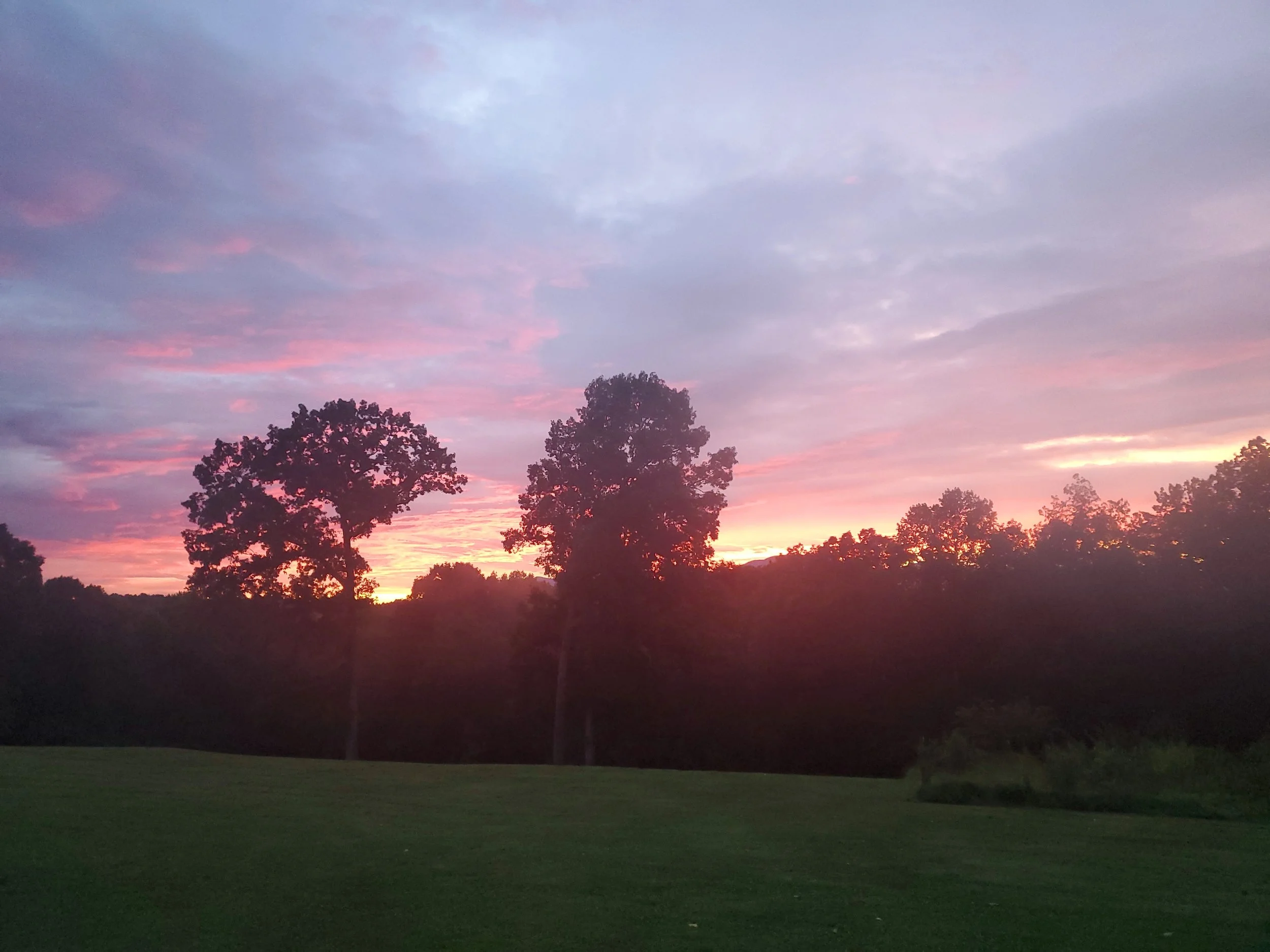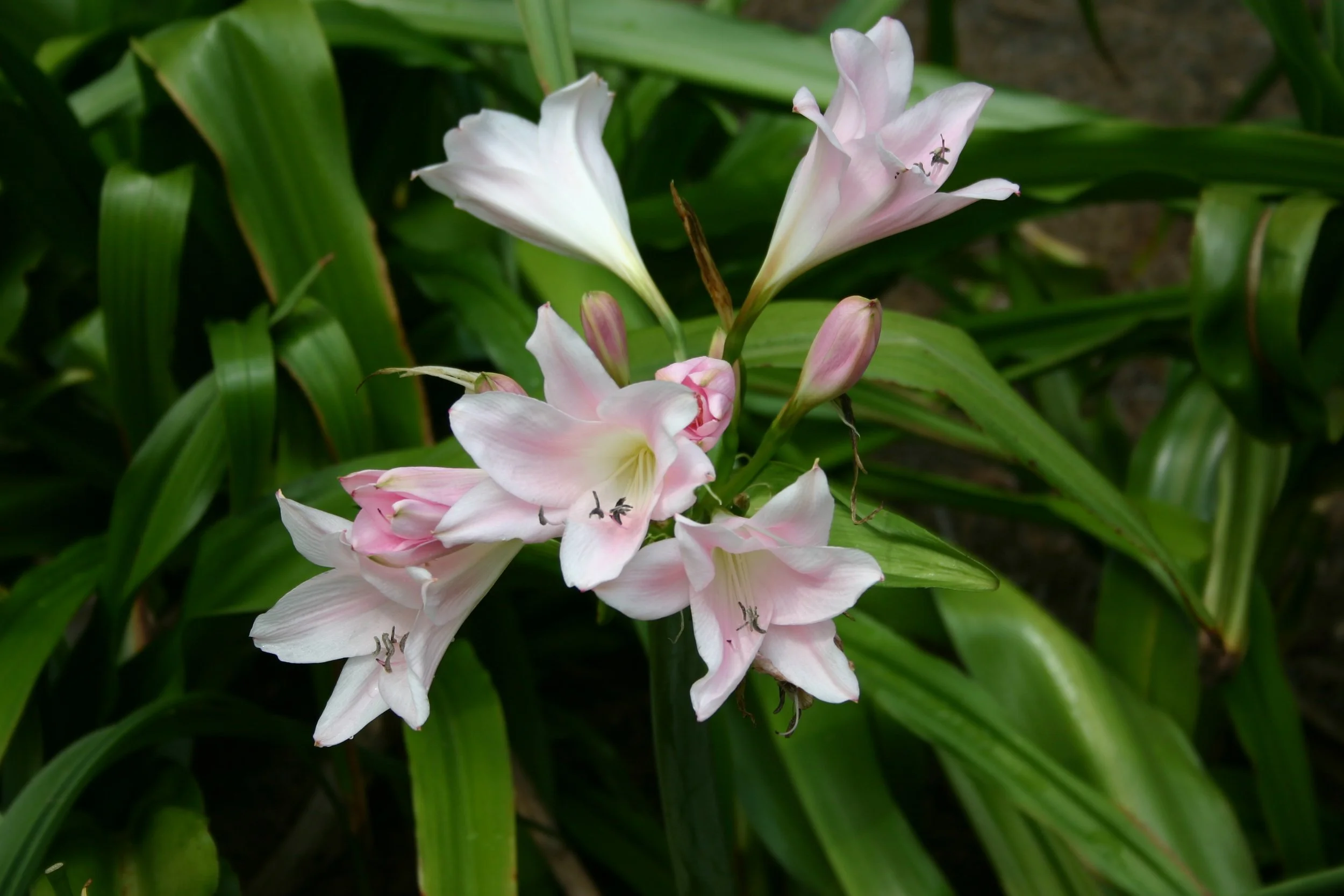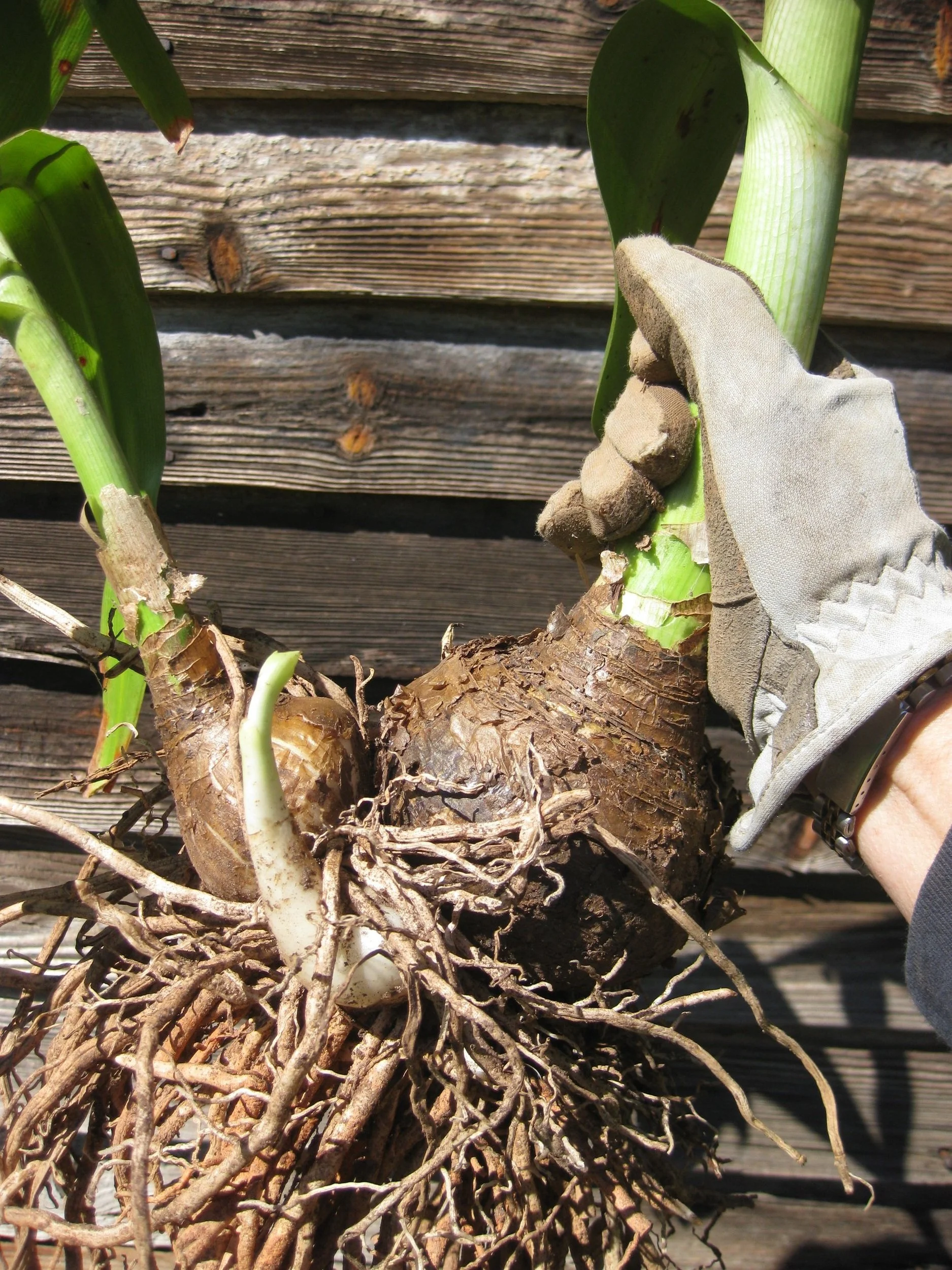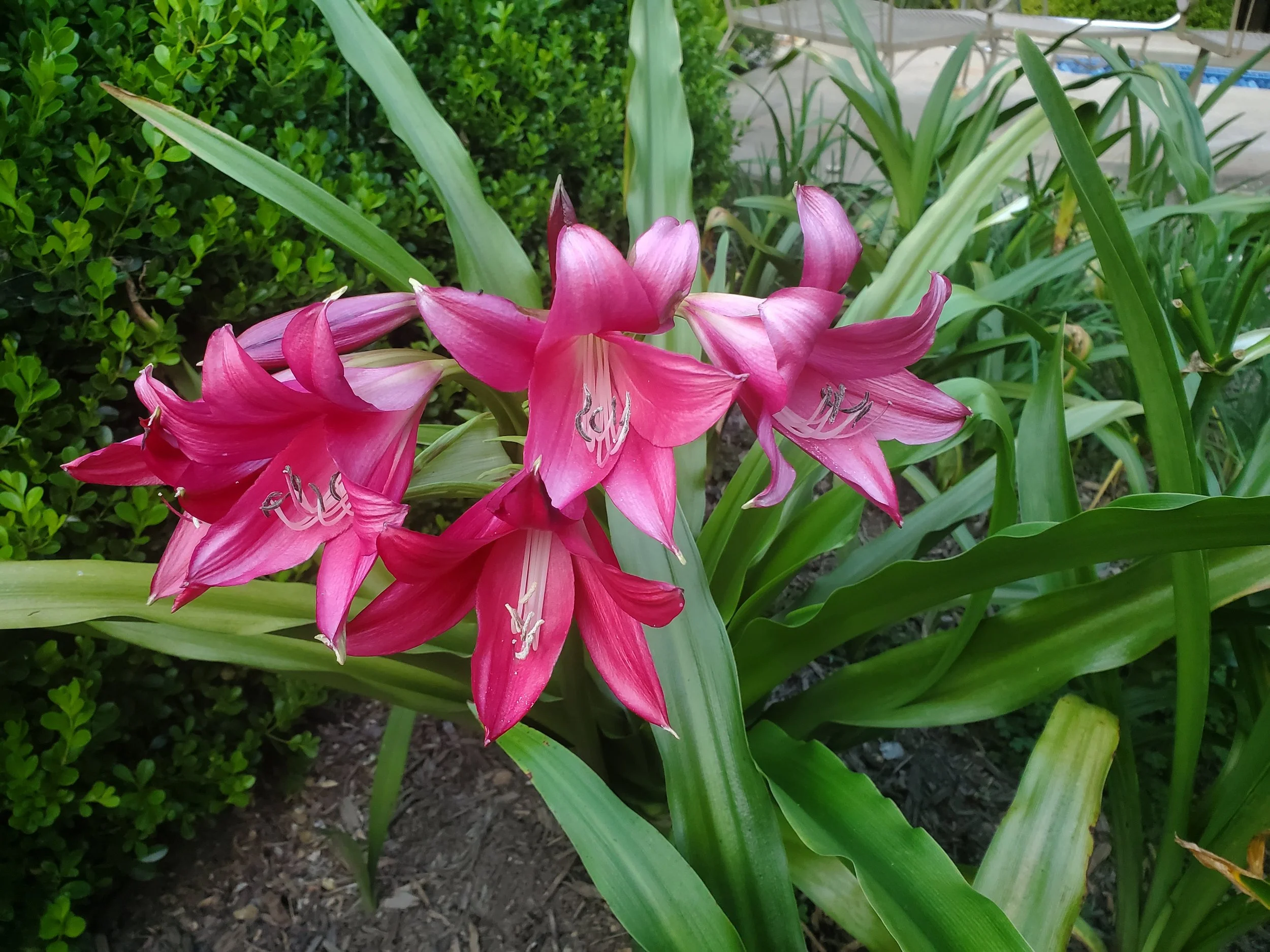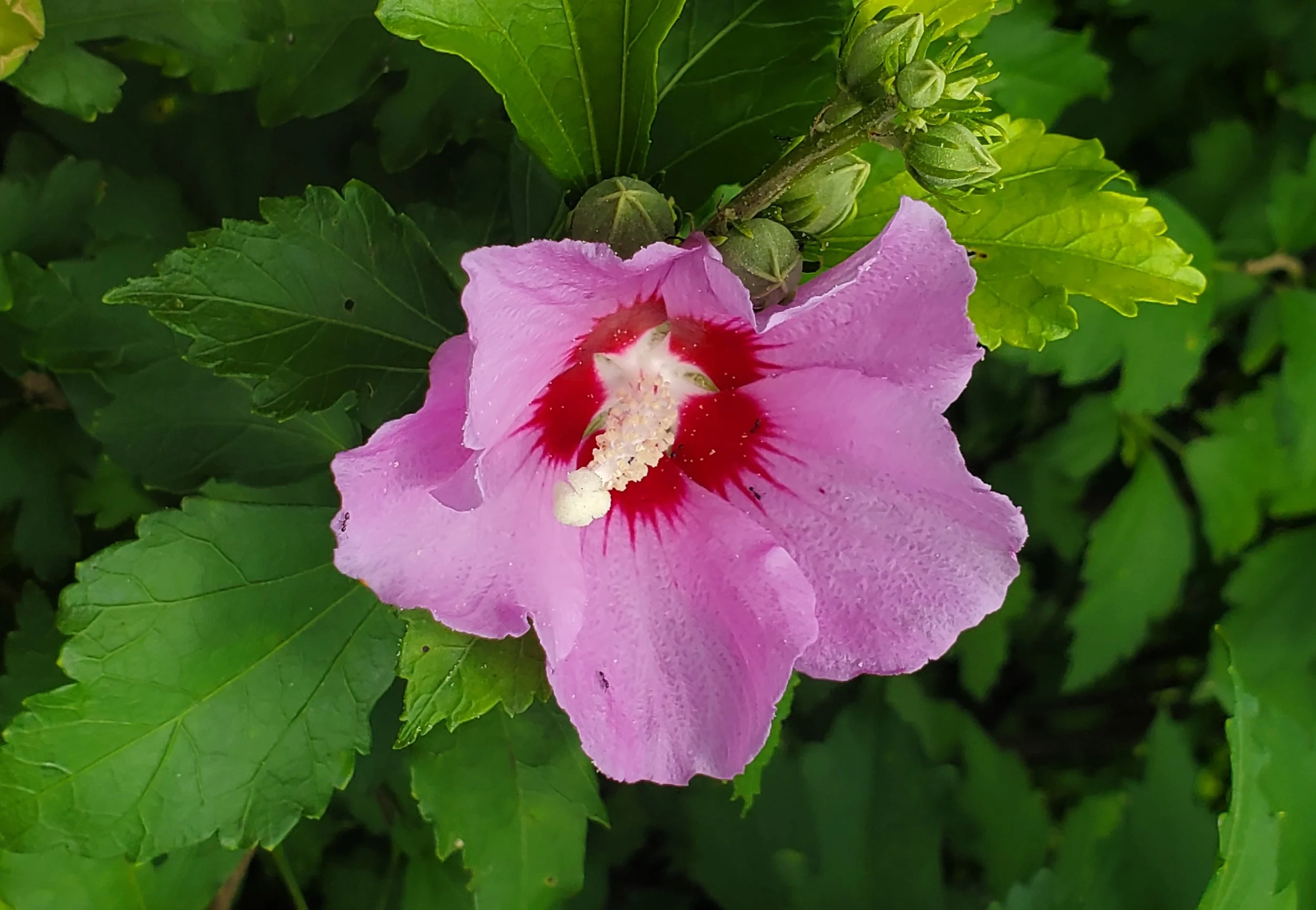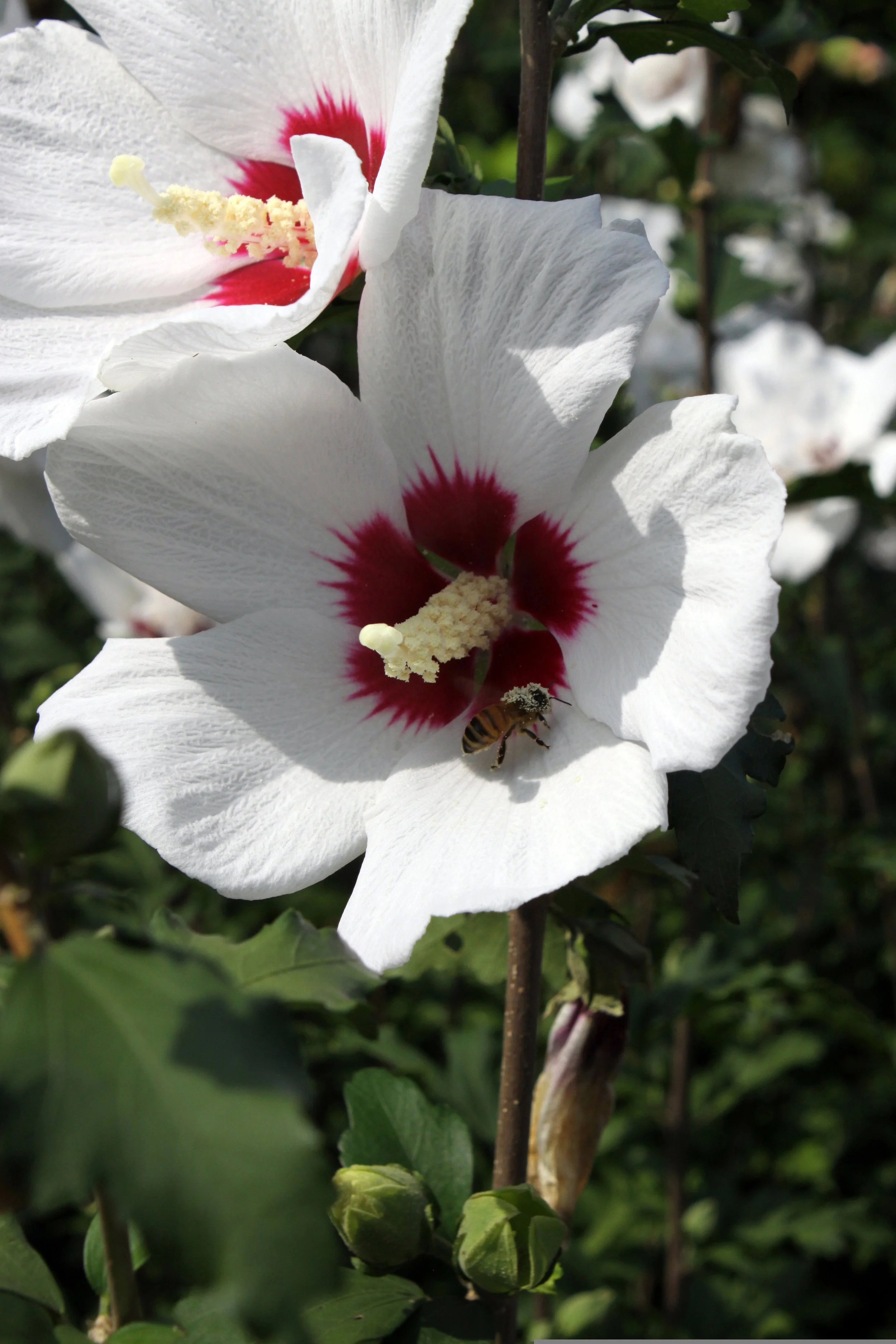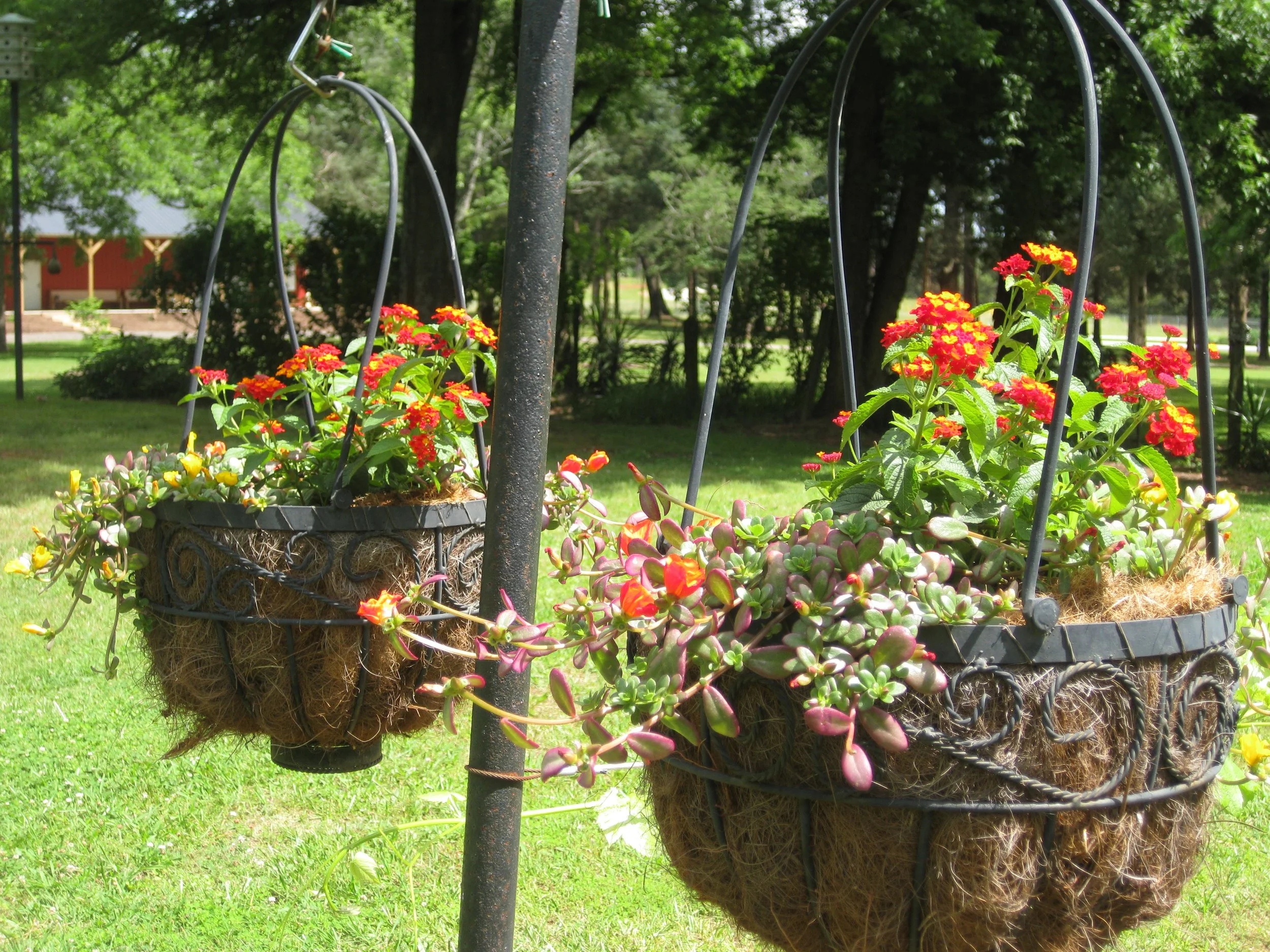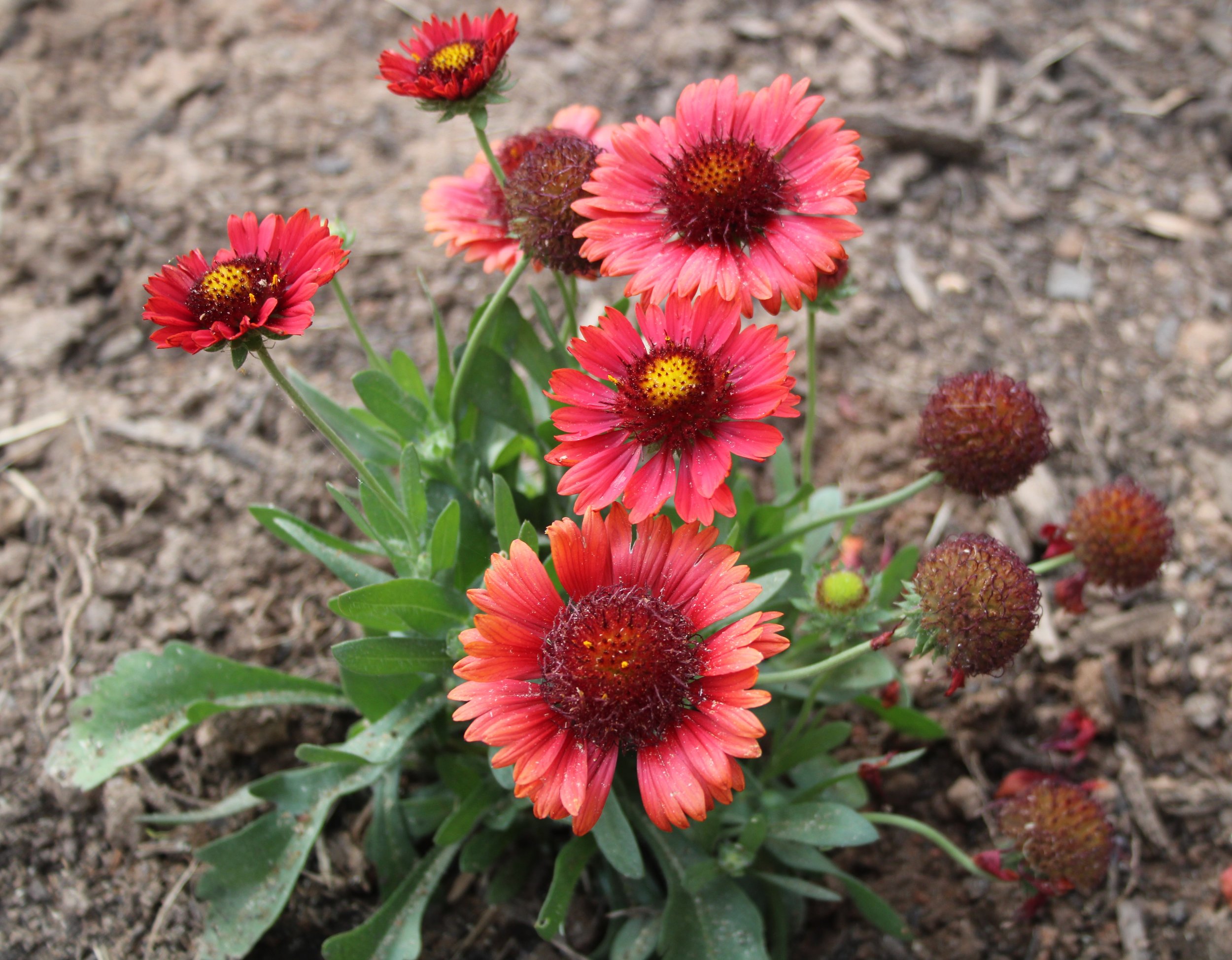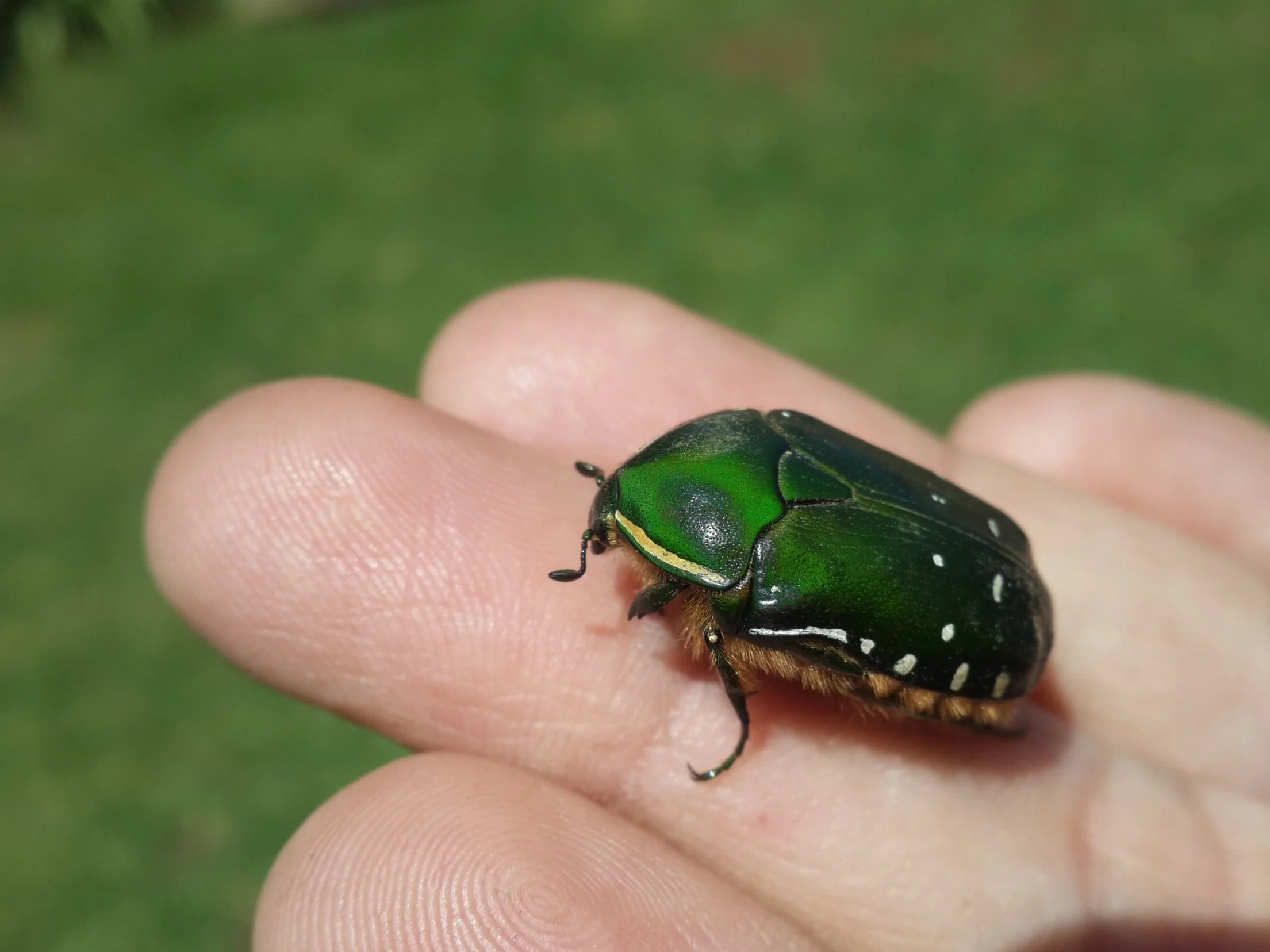Yesterday’s local newscast included a plea from a plumbing company to NOT allow cooking juices from holiday hams and turkeys to enter kitchen drains. Service calls for clogged pipes are so common on the day after Thanksgiving that plumbers call it Brown Friday instead of Black Friday. Yuck! So please, allow that fat to solidify at room temperature, skim it off, and mix it with peanut butter, cornmeal, and oatmeal to create suet cakes to feed the birds. This takes recycling to a higher level. There are many suet cake recipes available online. I heat my mixture in the microwave to make it spreadable, pour it onto a parchment-covered cookie sheet to harden, then cut it into blocks with a pizza cutter. Wrap extras in foil and store them in the freezer. You can also purchase pre-made suet cakes. On occasion, I have sliced pieces of fruitcake and shared those with the birds as well.
Birdfeeders come in different designs, from platforms to see-through domes to tube types. Birds don’t care about the cost of your feeder, but if you have numerous squirrels, it is worth the investment to purchase the type of feeder that closes when a non-bird visitor lands.
I live in black bear territory, so no birdfeeders go out while bears are in their hyperphagia phase, eating massive amount of food to build a fat layer before hibernation. Once the bears hibernate, feeders go out again. My favorite food for the feeders is sunflower seeds. My birds tend to kick the millet seeds out of the feeders to get to the larger seeds and dried fruits. We use black oil sunflower seeds to attract large birds like cardinals and blue jays, suet cakes to lure the nuthatches, chickadees, and tufted titmouses, and an open platform with mealworms to feed our bluebirds. I thought that bluebirds migrated, but we see them year-round. Doves visit the platforms but also kick seeds out of the larger domes (mine looks like a little transparent silo) so that they can feed at ground level. Our woodpeckers pick the raisins and peanut pieces out of the suet cakes.
Equally important to birds is a water source, so if water freezes in your birdbaths, make it part of your morning routine to replace ice with fresh water or use one of the heating elements designed for birdbaths to prevent a shallow bowl from icing over. For the health of the birds, it is important to keep water sources clean, so scrub birdbaths as needed. Rinse completely to remove any vestige of bleach or detergent before refilling.
If you prefer providing bird sustenance from plant materials to stocking birdfeeders, here are some of the most bird-popular plants in the Snoddy garden:
Eastern Red Cedar (Juniperus virginiana): Small blue berries attract robins and cedar waxwings.
Elderberry (Sambucus canadensis): Elderberries lure robins, cardinals, grosbeaks.
Beautyberry (Callicarpa americana): Purple berries attract lots of birds, including mockingbirds.
Dogwood (formerly Cornus florida now Benthamidia florida): Red berries are loved by birds, squirrels, and other wildlife,.
Holly (Ilex opaca): Bright red berries attract cardinals, cedar waxwings, and robins.
Please be consistent with offering food and water. Once birds learn where feeders are located, they suffer when sources goes unreplenished.
Bonus info: Sunflower seeds have allelopathic characteristics. That means they contain a chemical that is toxic to other plants. This is the reason that the ground underneath sunflower seed feeders does not grow grass or anything else. Pick up the empty hulls to keep this dead zone to a minimum.
Woodpecker on a tube feeder
Before I learned about removing birdfeeders in autumn, this smiling black bear told me how much she enjoyed the black oil sunflower seeds in our feeders.
